The Amazon river dolphin (also known as the pink dolphin and botos) is a freshwater animal It lives in the Amazon and the Orinoco rivers as well as in waterways located in Bolivia, Columbia and Peru The river dolphin is smaller than other types of saltwater dolphins, and the species has excellent hearing Pink River Dolphin Facts With so many exotic species living in the Amazon rainforest, most people forget that it's not only the rainforest canopy and dense undergrowth that is home to wildlife The Amazon River itself is teeming with rich biodiversity in the dark waters swim piranhas, crocodiles, manatees, and one of our favorites, the The Amazon River Dolphins in the waterways of South America are naturally pink The dolphins are known to flush a dark pink when excited The colour of the dolphins depend upon the clarity of the water, with the sun's rays causing dolphins to lose their pigmentation and become a paler pink
:max_bytes(150000):strip_icc()/GettyImages-1249745955-42583e8bec37486f8598a0d19c2b0421.jpg)
12 Fascinating Facts About The Amazon River
Amazon rainforest pink river dolphin facts
Amazon rainforest pink river dolphin facts-Facts About the Amazon River Dolphin (A Picture Book For Kids) Strattin, Lisa on Amazoncom *FREE* shipping on qualifying offers Facts About theInteresting Amazon river dolphin Facts Amazon river dolphins can reach 8 feet in length, but they are usually smaller On average, Amazon river dolphins weigh between 180 and 2 pounds Amazon river dolphins can be pink, blue or albino (completely white due to lack of pigment) in color Amazon river dolphins have dorsal ridge instead of




What S Killing The Pink River Dolphin
The Amazon river dolphin is the largest species of river dolphin, with adult males reaching 185 kilograms (408 lb) in weight, and 25 metres ( ft) in length Adults acquire a pink color, more prominent in males, giving it its nickname "pink river dolphin" Sexual dimorphism is very evident, with males measuring 16% longer and weighing 55%Meet the pink river dolphins of the Amazon!Amazon river dolphin facts, pictures and information This aquatic mammal lives in the Amazon River and its tributaries On this page you'll discover how this rainforest animal lives, including life cycle, diet, habitat, size, where found, threats & conservation
11 Pink Dolphin Facts We collected the most important facts and curiosities about these pink river dolphins the Amazon River Dolphins are the largest and most widespread freshwater dolphins in the World, you can find them in Bolivia, Brazil, Colombia, Ecuador, Peru, and Venezuela, pinkgrey color,Of those 2 species, the pink river dolphin is the most charismatic In all honesty, the pink river dolphin is not the cutest waterdwelling animal of the Amazon These dolphins are larger than a person, about 8 feet long, with a bulge on the head and a long, thin snout that is curved upwards, as if it is permanently smilingAmazon River dolphins, popularly called 'botos,' are freshwater dolphins living in the rainforest rivers of South America Quite the charmers, male botos sometimes try and win over females by pulling some particularly alluring techniques out of the bag Wooing their ladies with clever tricks, male botos pick up floating plants or pieces of
The Amazon rainforest is located in South America and covers 21 million square miles of land Brazil has 60%, Peru has 13%, and Colombia has 10% while other countries have very small parts of the rainforest within their borders Altogether there are nine nations that enjoy all that the Amazon rainforest has to offer The Amazon rainforest has existed for at least 55 million years The amazon pink river dolphins or botos are born grey and become pinker with age This is because, as the dolphin grows older, its skin becomes more translucent allowing the blood to show through When excited, they will flush to a bright pink temporarily, like your face might when you get embarrassed or excited They have a long powerful beak, small eyes and are The Amazon River dolphin averages about 65 feet in length They come in all shades of pink, from a dull graypink, to rosy colored pink, to a bright pink like that of the flamingo This color variation is due to the clarity of the water in which the dolphin lives;
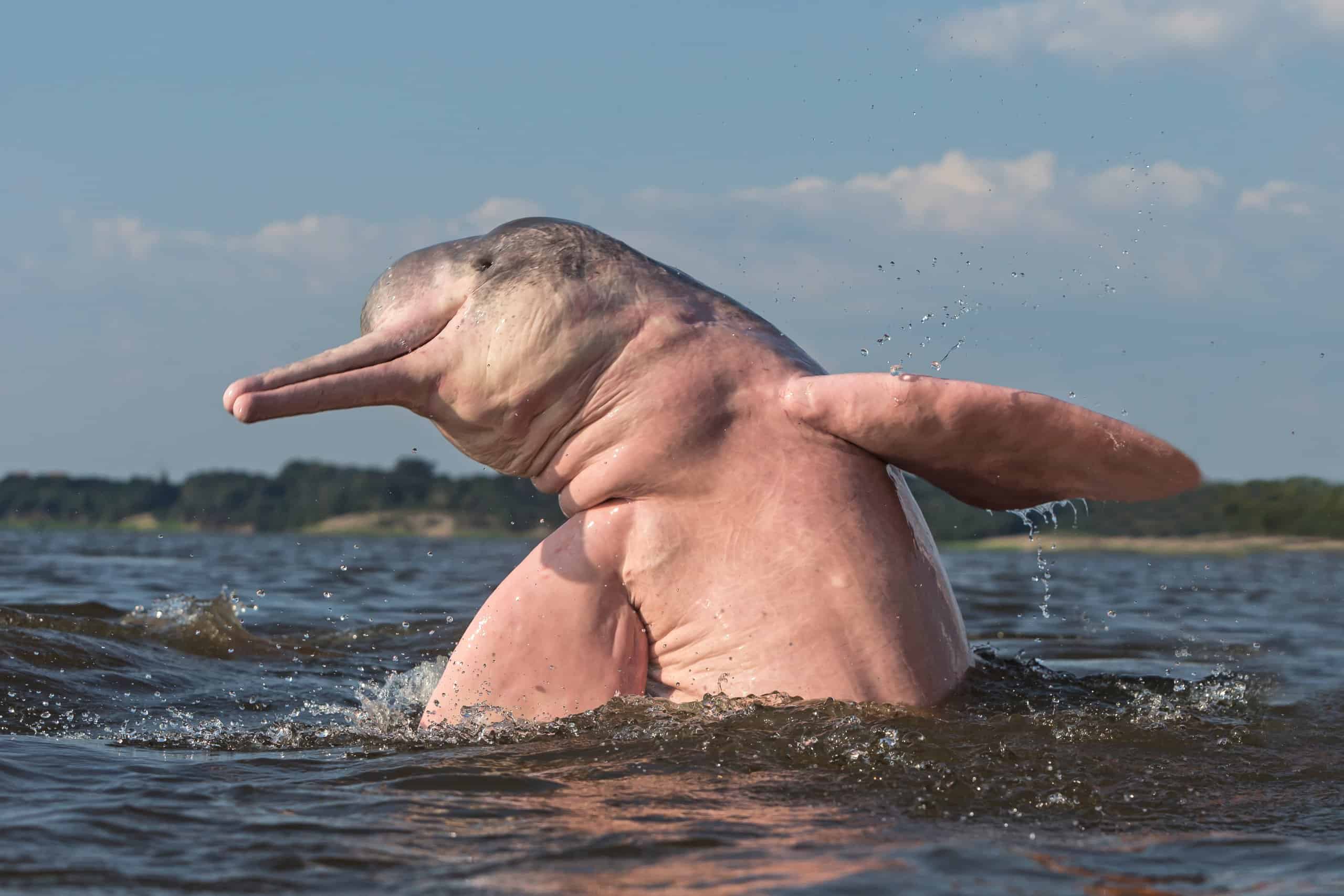



Amazon River Dolphin Pink Dolphin Animal Facts Platanistoidea Az Animals




River Dolphins Guide c Wildlife Magazine Discover Wildlife
Here are some facts about the Amazon River Dolphin The Amazon River Dolphin is a freshwater dolphin They are only found in the water of the Amazon River, the Orinoco River and the Araguaia River An Amazon River Dolphin is also often referred to as a Pink River Dolphin, a Boto or a Bufeo They can grow up to lengths of more than 25 metres During the day, the rainforest appears deceptively still—save for the splash of papaya dropping from the trees in the flooded forest, or the exhale of a pink river dolphin surfacing (sightPink dolphins (Inia geoffrensis) are a species of Toothed whales classified in the family Iniidae and it contains three subspecies Amazon river dolphin (I g
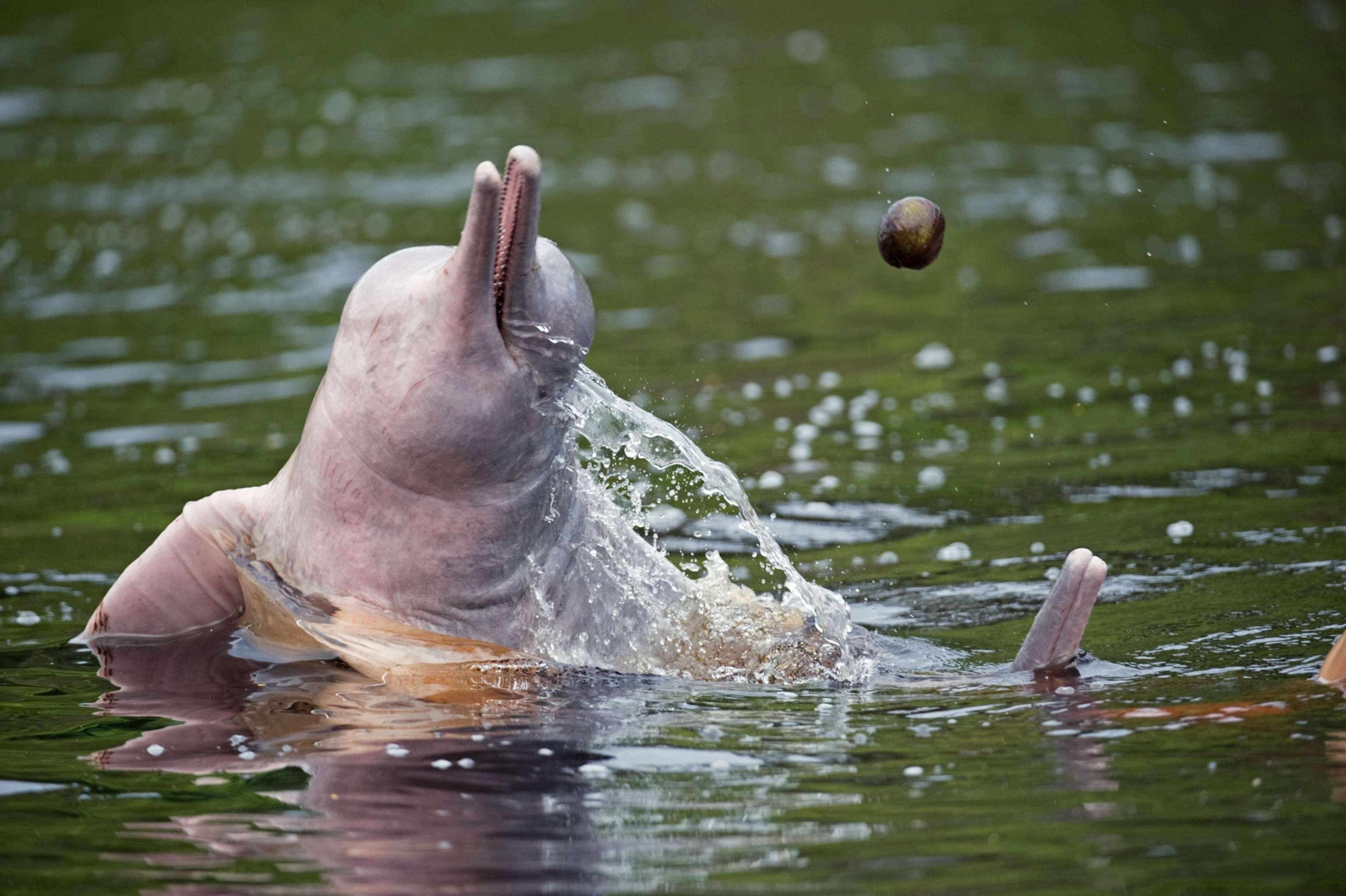



Amazon River Dolphin Boto Facts
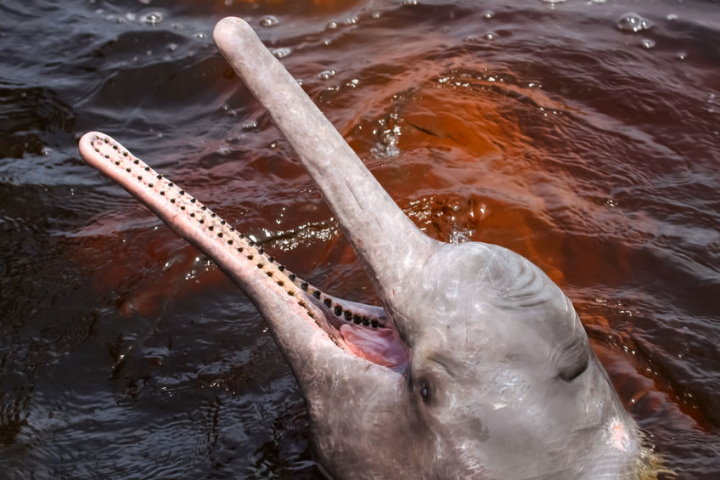



Myths And Legends Of The Amazon S Pink River Dolphin
Botos (pink river dolphins) have whiskers that help them find their prey in dark watersWatch Earth's Great Rivers https//bbcin/2F0TmXbSubscribe to BBC EaPink River Dolphin Facts From five species of freshwater dolphins in the world, the Amazon River Dolphin pink, or Boto, are the most intelligent Dolphins are friendly and have a brain capacity 40% larger than humans Since a few years ago, mammals, this is one of swimmer's most endangered species among all dolphins in the worldWe have researched some of the most interesting Amazon rainforest pink river dolphin facts so that you get to know all about Amazon river dolphin Amazon or pink river dolphin (Inia geoffrensis) is the largest member of the river dolphin species It is one of the species of toothed whales, called odontocetes These river dolphins are usually found alone or averaging 3
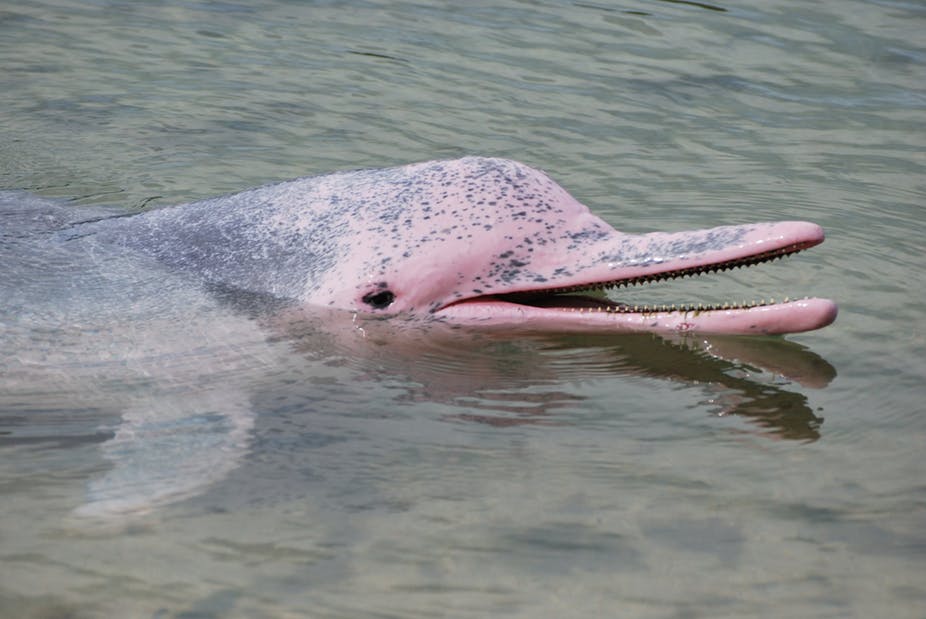



Pink Amazon River Dolphin Facts Amazon Cruises And Lodges
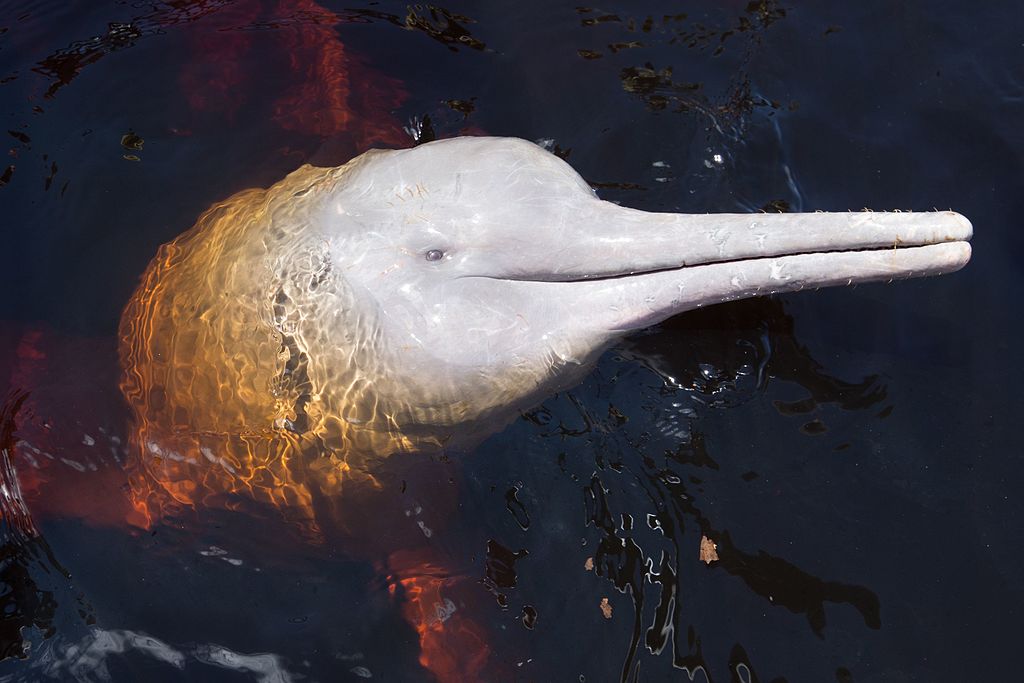



5 Amazon Pink River Dolphin Facts Aqua Expeditions
ABOVE The pink river dolphin weighs in at over 400 pounds and has the most diverse diet of all dolphins and whales One in ten of the world's known species live in the Amazon The rainforest is the planet's richest and mostvaried biological reservoir, containing millions of species of plants, insects, birds and other forms of life, manyThese friendly creatures known to the locals as "boto" look like something out of a coloring book, and they'rThe Amazon River dolphin inhabits the murky waters of the Amazon rainforest and other rivers in the region Adult Amazon River dolphins turn pink or pinkishgrey as they mature, with males being both bigger and pinker than females Like all river dolphins, this species is endangered
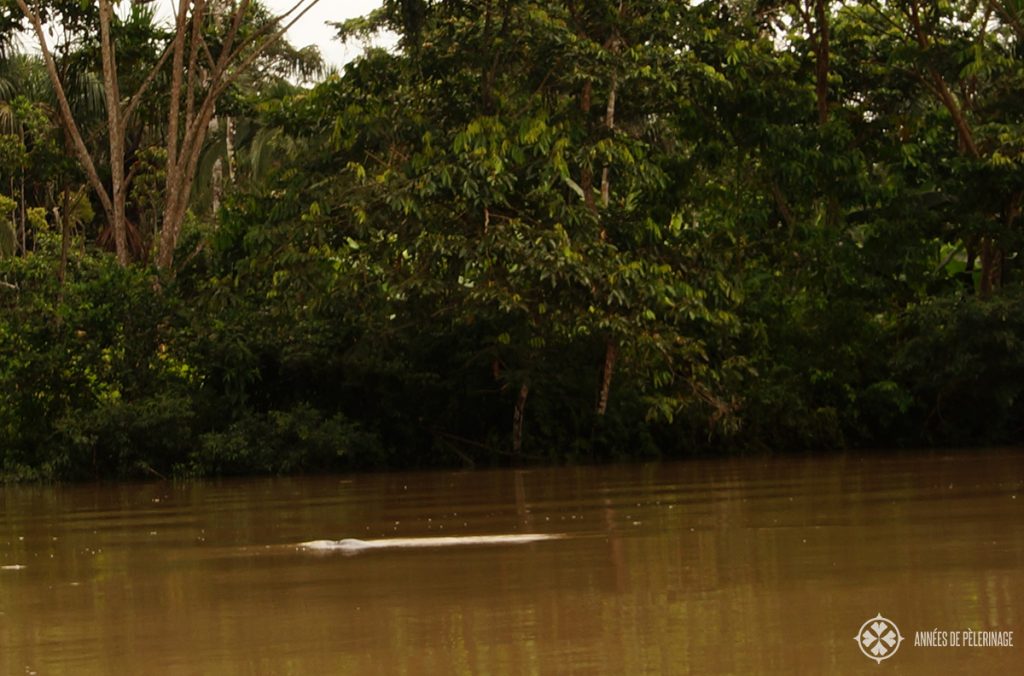



Pink Amazon River Dolphin How To See Them In Ecuador
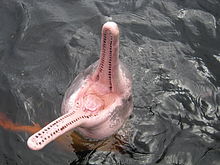



Amazon River Dolphin Wikipedia
Interesting Facts About the Amazon River Dolphin Being the biggest of the five species of freshwater dolphins in the world, the Amazon river dolphin has bulbous foreheads and long, skinny beaks When it is born, its color is gray and as it gets older it slowly turns pink Behavior, diet, exposure to sunlight, and capillary placement are theThe Amazon river dolphin is the largest species of river dolphin, with adult males reaching 185 kilograms (408 lb) in weight, and 25 metres ( ft) in length Adults acquire a pink color, more prominent in males, giving it its nickname "pink river dolphin" Sexual dimorphism is very evident, with males measuring 16% longer and weighing 55%Amazon Pink River Dolphin Interesting Facts 1 These Amazon River Dolphins aren't all pink (but most of them are) So, despite being called the pink river dolphin, not all of them are pink They all start off grey and as they get older some turn pink and some stay grey Those that are pink, however, can range from pale pink to flamingo pink




Pink Dolphin Facts For Kids Information About Amazon River Dolphin Youtube
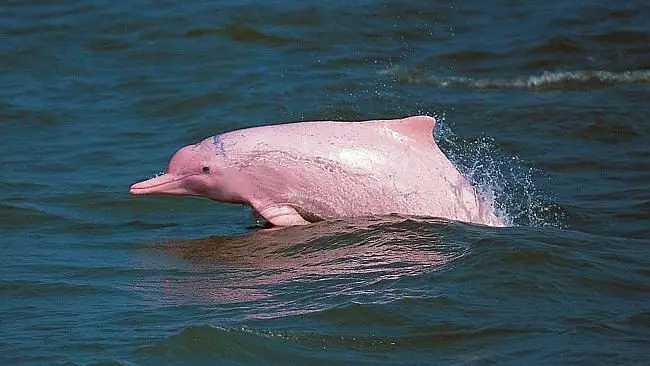



Pink Dolphin Facts For Kids Pink River Dolphin Facts
Eventually, thousands of square miles of rainforest are flooded, creating a vast, treecanopied sea Into this seasonal sea, which remainsThe darker the water, the pinker the dolphin will be Pink river dolphins are also known as " botos " These look very different from marine dolphins First of all, just as the name says, they are pink At first, adult Amazon riverborn dolphins are gray But as they mature, they turn pinkish or grayish pink in color Even the males are much larger and pinker than the females




10 Fascinating Facts About The Amazon River




Watch Mystery Of The Pink Dolphin Prime Video
Amazon River dolphins (pink river dolphins) stay in freshwater areas as well as lakes, huge rivers, and little tributaries Because the Amazon is fed by giant stretches of rainforest, each year it floods its banks for extended periods of time The Amazon pink river dolphin is classified as 'endangered' It is not extinct however the population of the Amazon River dolphin exists in ten thousand or below Pink river dolphins which are kept in captivity tend to die in under 5 to 10 years However, in the wild, these dolphins can survive for a long time Almost to 30 yearsAmazing Facts About the Amazon River Dolphin The Amazon River Dolphin is also known as the boto or pink river dolphin due to its distinctive colouring It is one of only seven species of freshwater cetaceans Amazon River Dolphins are only distantly related to saltwater dolphins




Pink Dolphin Facts For Kids Pink River Dolphin Facts Pink River Dolphin Pink Dolphin Facts River Dolphin
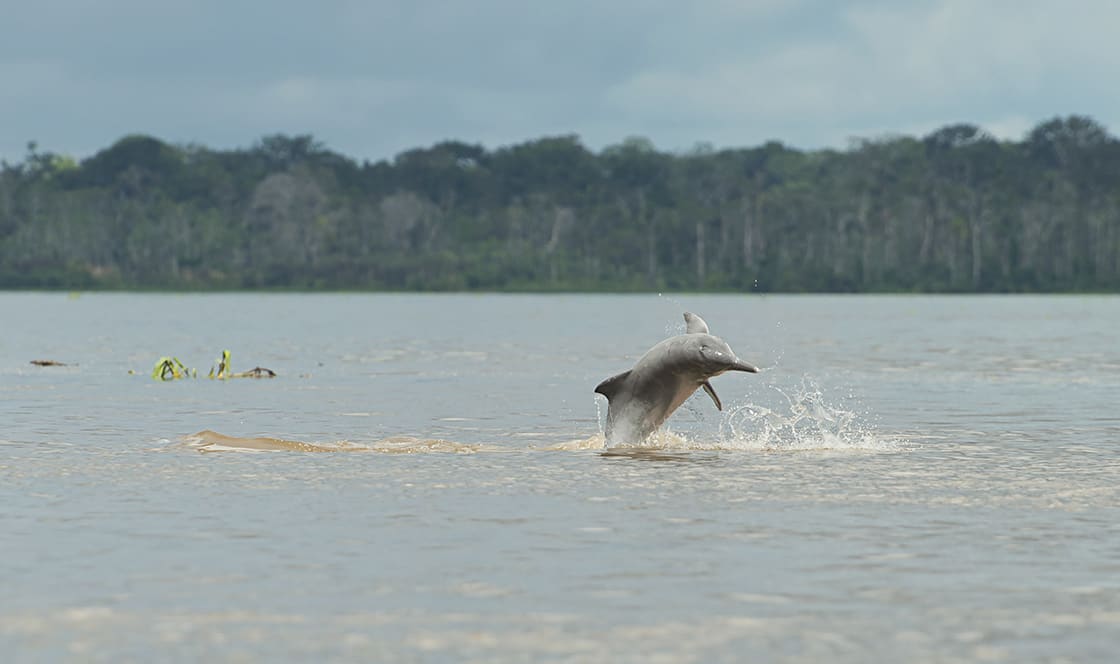



15 Interesting Pink River Dolphin Facts Rainforest Cruises
The Amazon River itself is teeming with rich biodiversity in the dark waters swim piranhas, crocodiles, manatees, and one of our favorites, the Amazon river dolphin Known to locals as the Boto , or more frequently referred to as the Pink River Dolphin on account of its distinctive coloring, these fascinating creatures are steeped in myth andPink dolphins, also popularly known as Boto, Bouto or Amazon river dolphin are a type of dolphin species living in the Amazon rainforest with bodies well adapted to the Amazon river They are also commonly found in the streams and main rivers of the Orinoco river systems;The Amazon river dolphin, also known as the pink river dolphin or boto, lives only in freshwater It is found throughout much of the Amazon and Orinoco river basins in Bolivia, Brazil, Colombia, Ecuador, Guyana, Peru, and Venezuela It is a relatively abundant freshwater cetacean with an estimated population in the tens of thousands
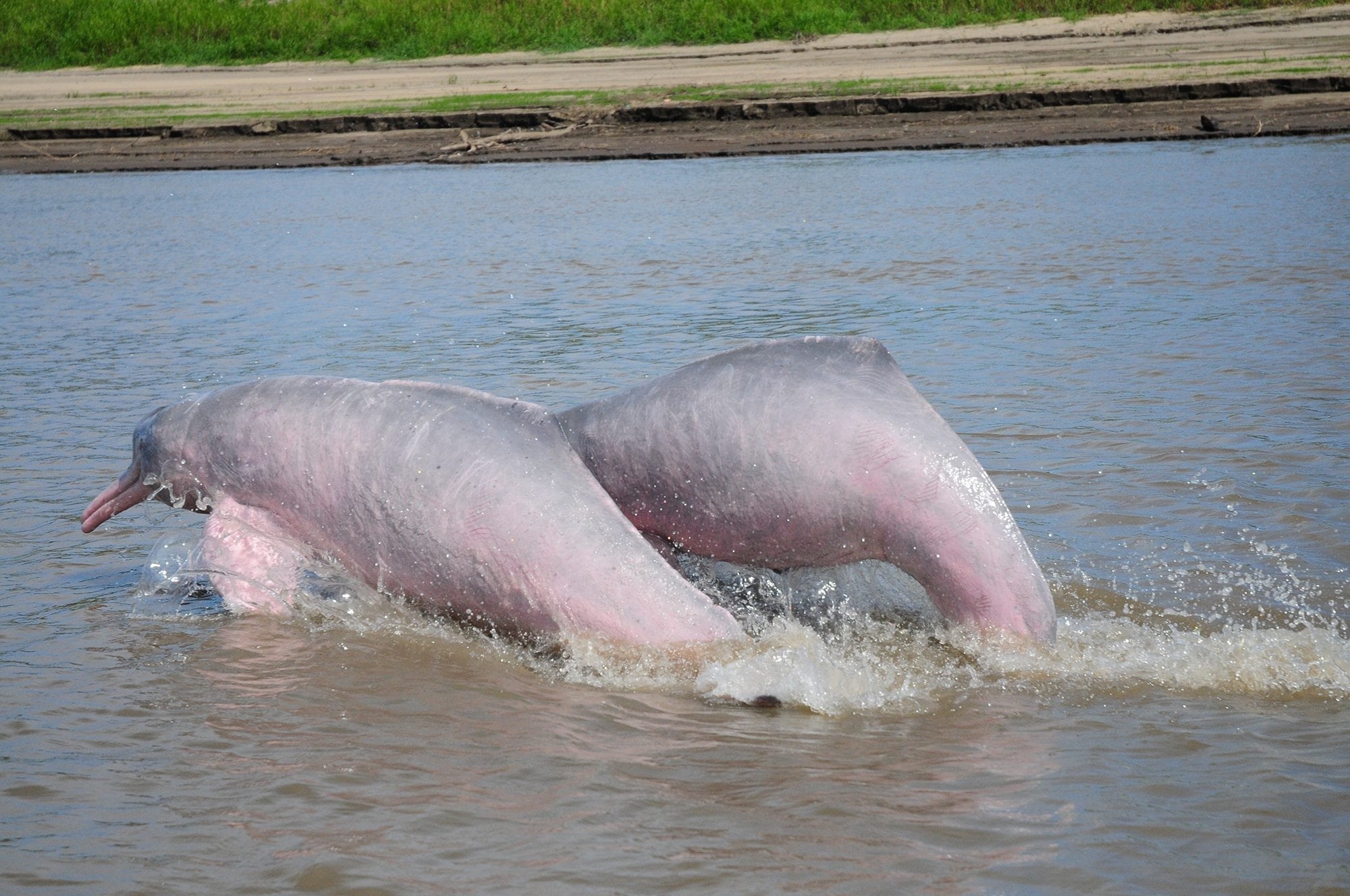



Amazon River Dolphin Whale Dolphin Conservation Usa
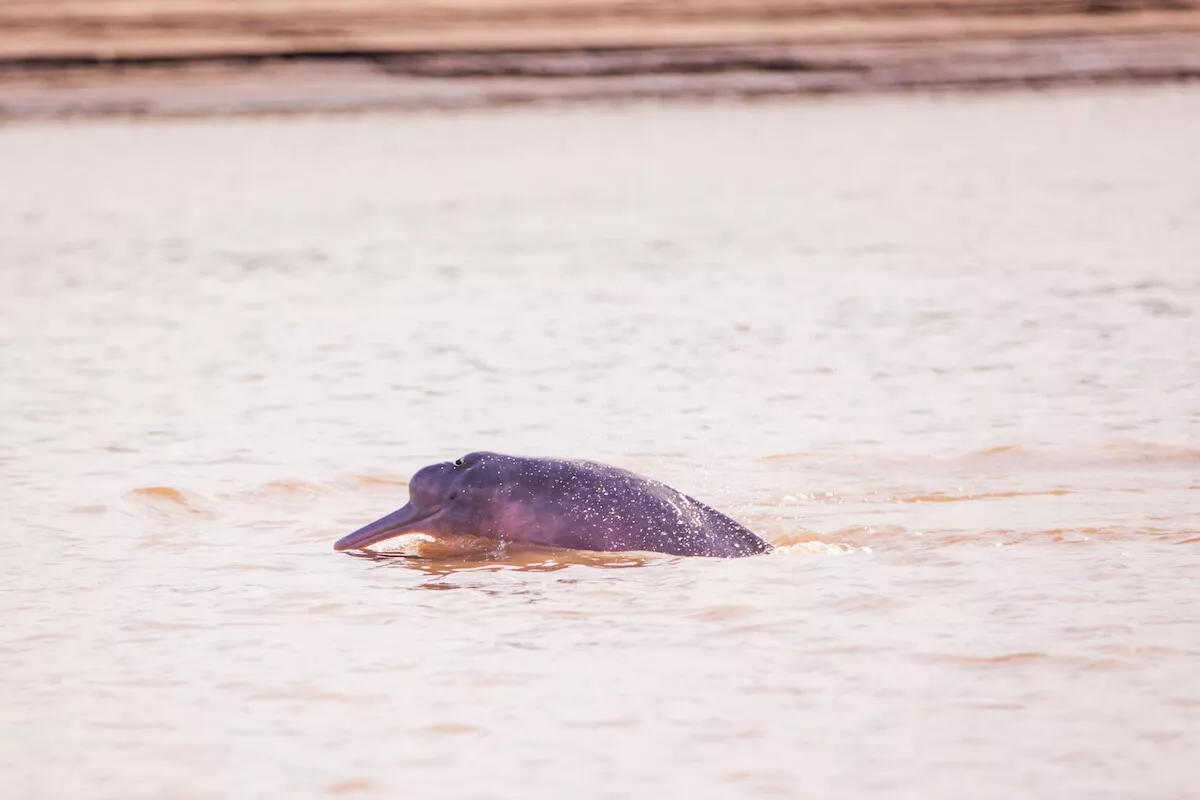



Pink River Dolphin Facts Delfin Amazon Cruises Delfin Amazon Cruises
The Amazon river dolphin, pink dolphin or Boto is a freshwater dolphin It inhabits South America, mainly in the Amazon river, but also in the Orinoco basin and Madeira river So, what actually is a Pink Dolphin?The upper Madeira river in South America and Pearl river of Hong KongThe pink or Amazon river dolphin is a rare species of aquatic mammal, obviously characterized by its pink skin They are between 5 ft (25 m) and 975 ft (3 m) long and usually weigh around 0 lbs (90 kg) They have long beaks and tiny eyes Vision is limited in the muddy waters of the rivers and they probably rely more on echolocation
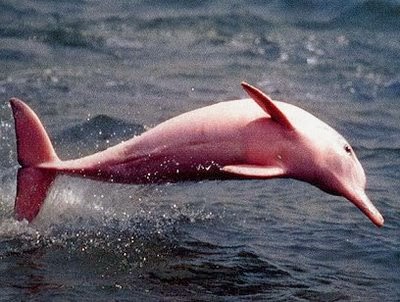



Pink Amazon River Dolphin Facts Habitat Diet Life Cycle Baby Pictures
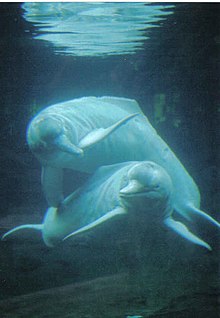



Amazon River Dolphin Wikipedia
The fertile rainforest is home to approximately 300 different mammal species, including several species of big cats (pumas, jaguars, ocelots, etc), several types of poison dart frogs, the rare Amazon River dolphin, giant river otters and armadillos, and weird animals such as the Baird's tapir and capybara (the world's largest rodent)



Pink River Dolphin Fun Facts For Divers And Ocean Lovers




12 Amazing Pink Dolphin Facts About The Amazon River Dolphins Our Life Our Travel
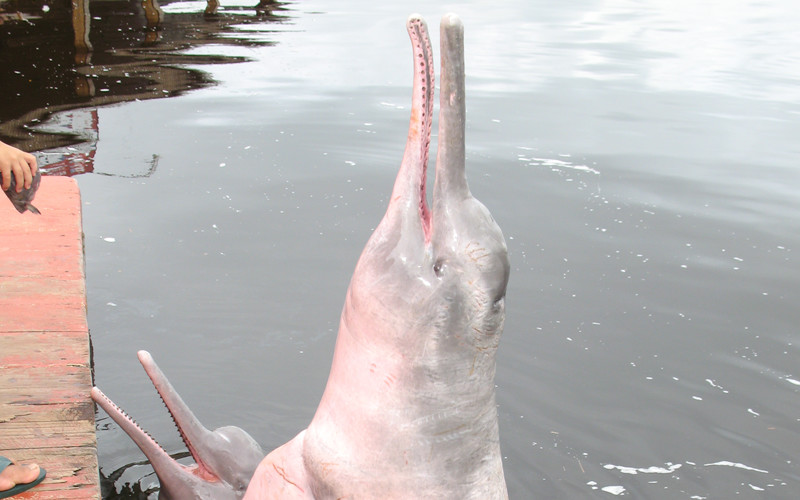



Pink Amazon River Dolphin Dolphins World
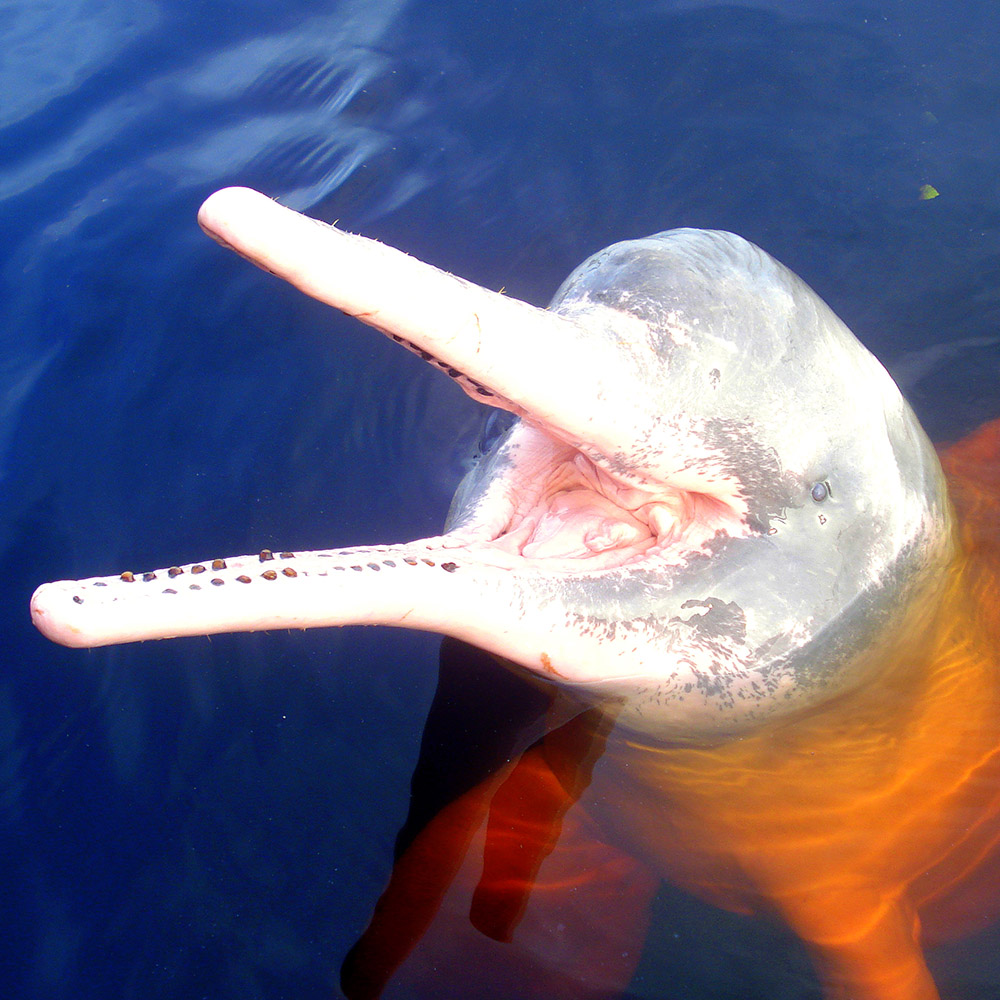



Amazon River Dolphin Rainforest Alliance




How Long Is The Amazon River Does It Have Anacondas And Dolphins And Other Amazing Facts




Bumping Noses With Boto The Amazon River S Pink Dolphins Youtube
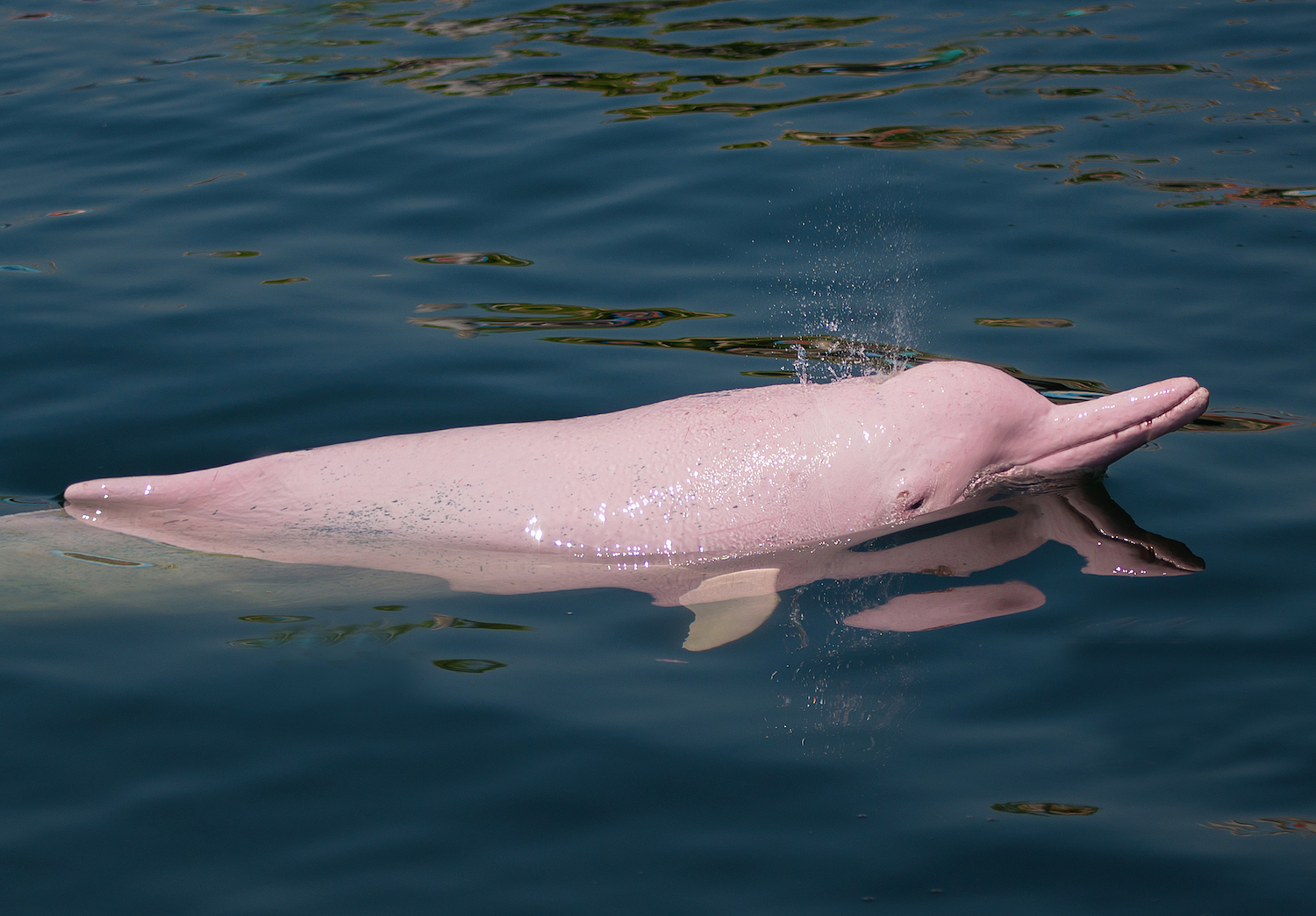



Pink River Dolphin Fun Facts For Divers And Ocean Lovers




Boto Amazon River Dolphin




The Boto Wall Street International Magazine




5 Amazon Pink River Dolphin Facts Aqua Expeditions
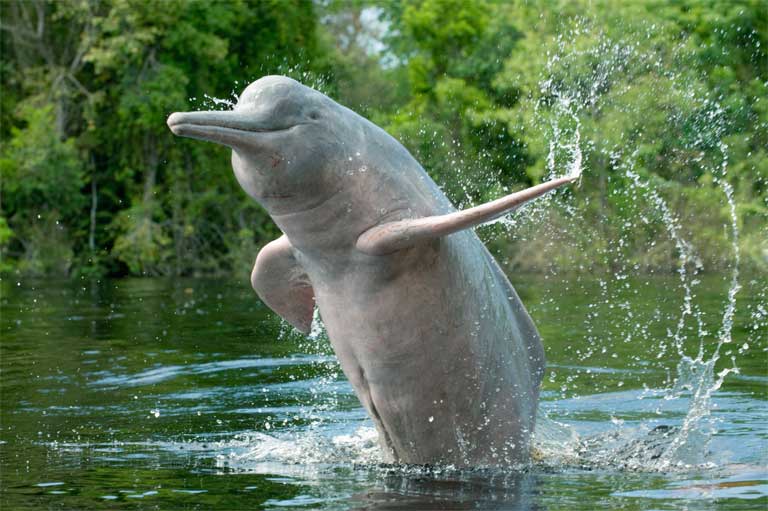



Damming The Amazon New Hydropower Projects Put River Dolphins At Risk




Amazon River Dolphin Pink Dolphins Species Wwf




Amazon River Dolphin Pink Dolphin Animal Facts Platanistoidea Az Animals




5 Amazon Pink River Dolphin Facts Aqua Expeditions
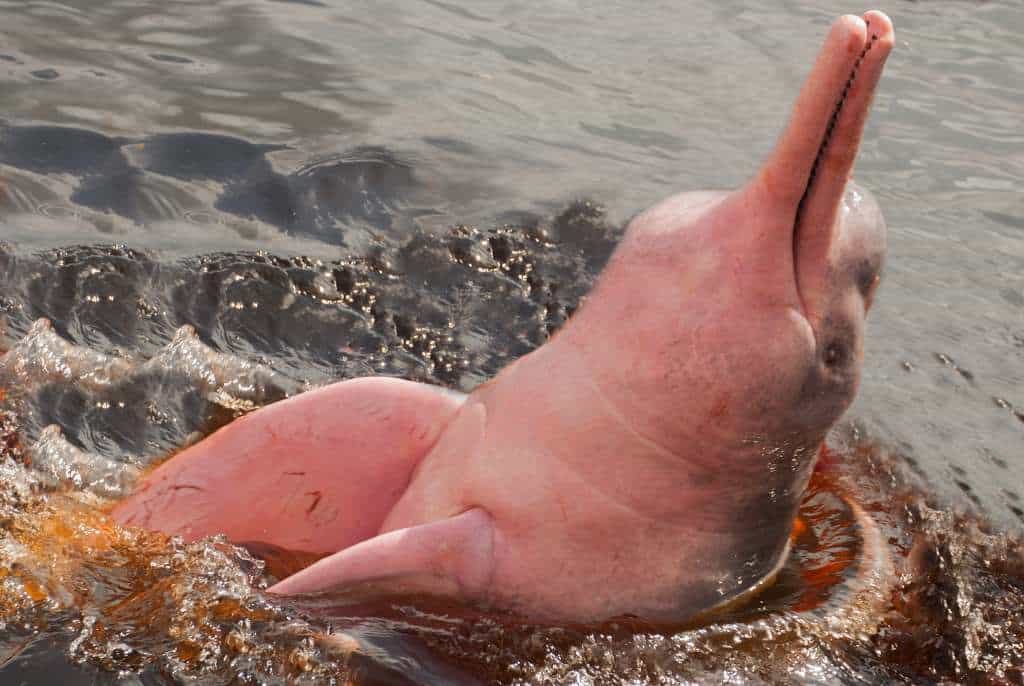



Interesting Facts About The Pink Dolphin Of The Amazon Travelpassionate Com
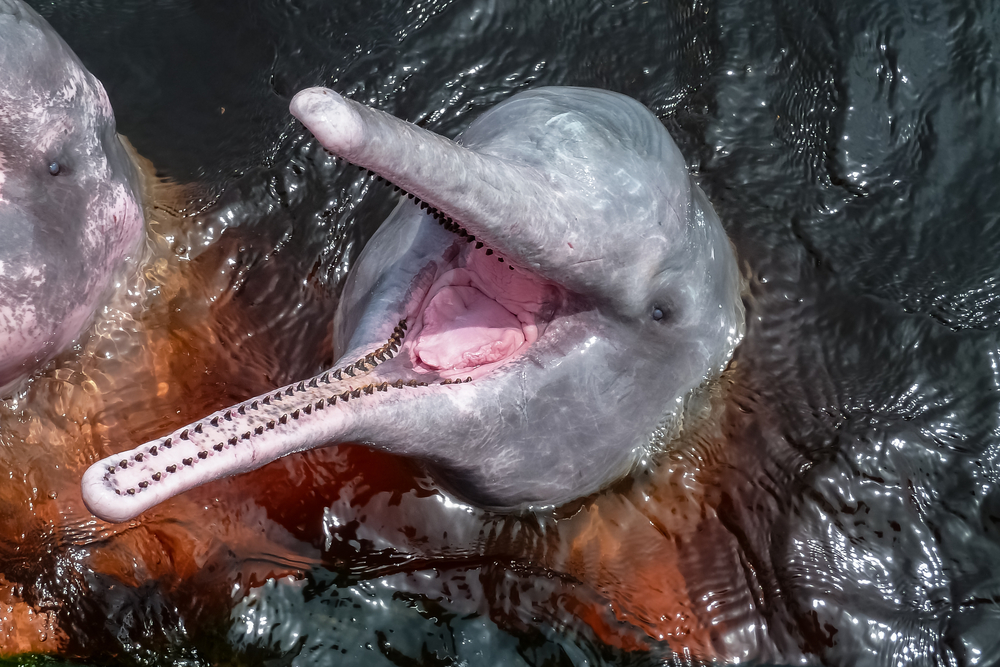



Meet The Man Saving The Amazon S Endangered Pink River Dolphins
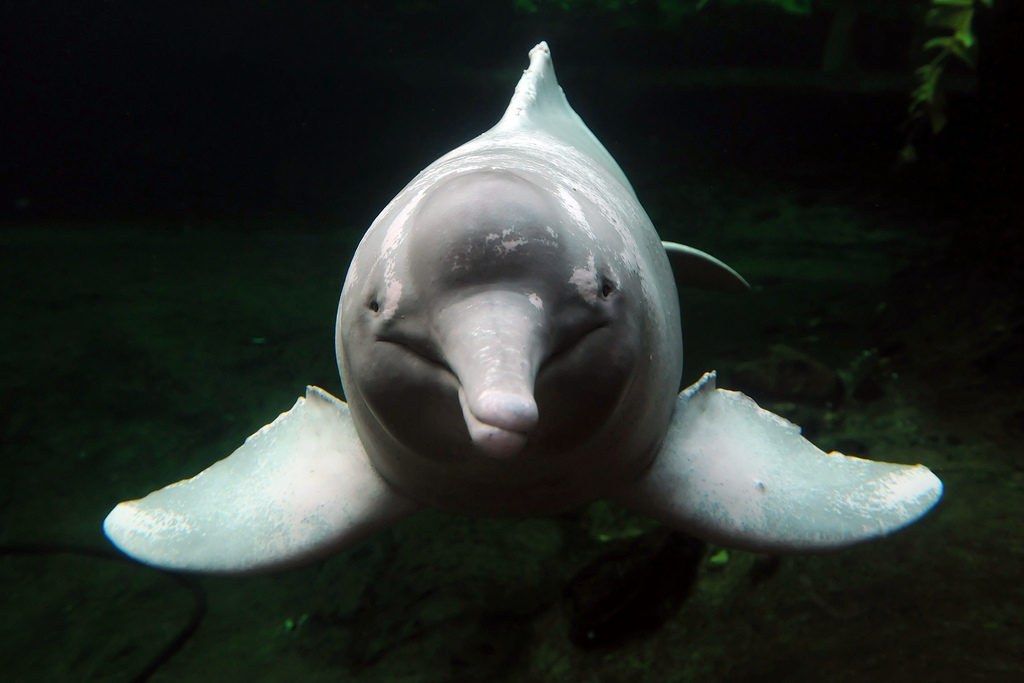



Pink Dolphins Facts And Information Amazon Experience Tours In The Amazon River



3




Pink Amazon River Dolphin Facts Amazon Cruises And Lodges




Amazon River Dolphin Boto Facts
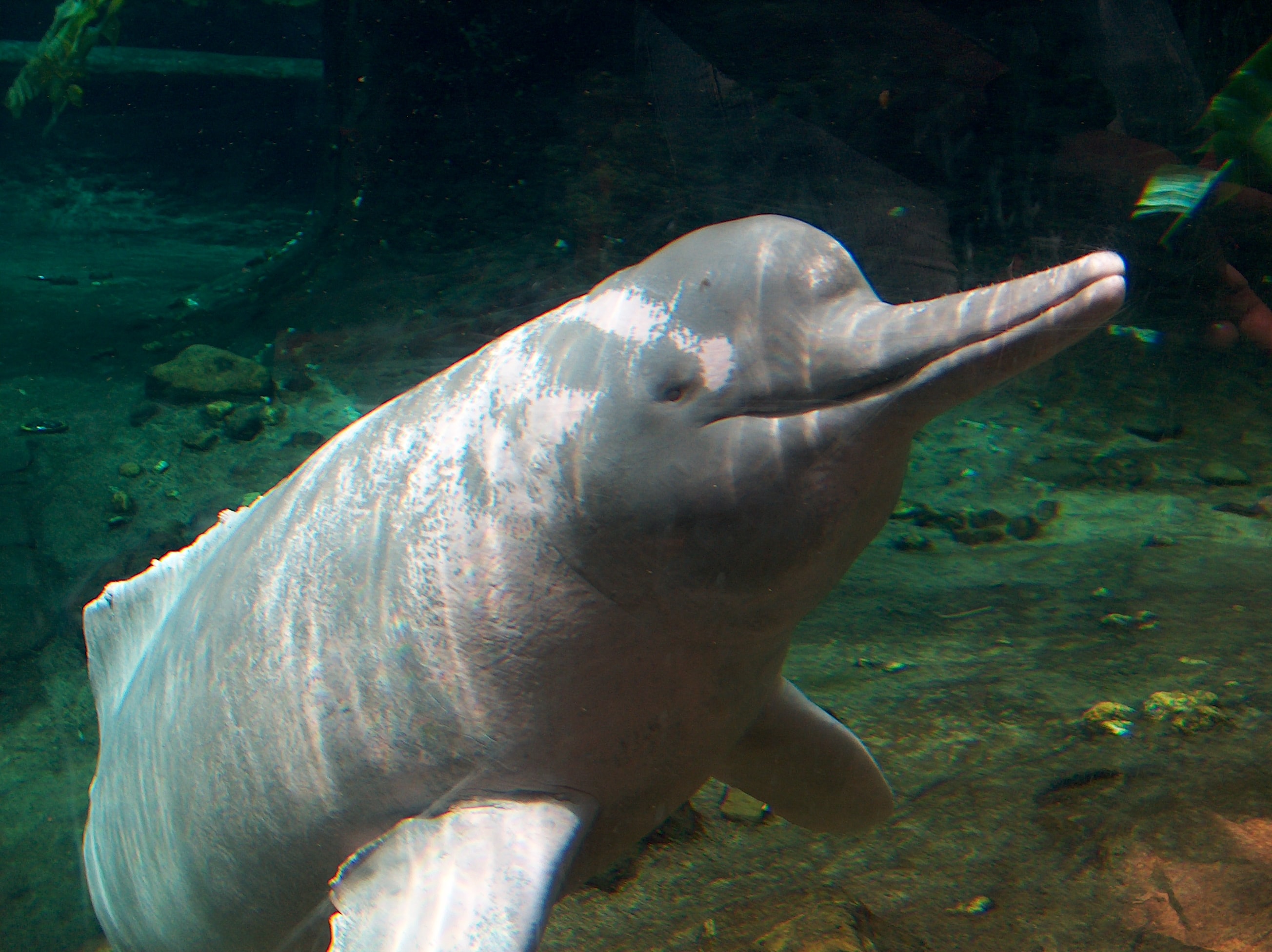



Pink Dolphins Facts And Information Amazon Experience Tours In The Amazon River
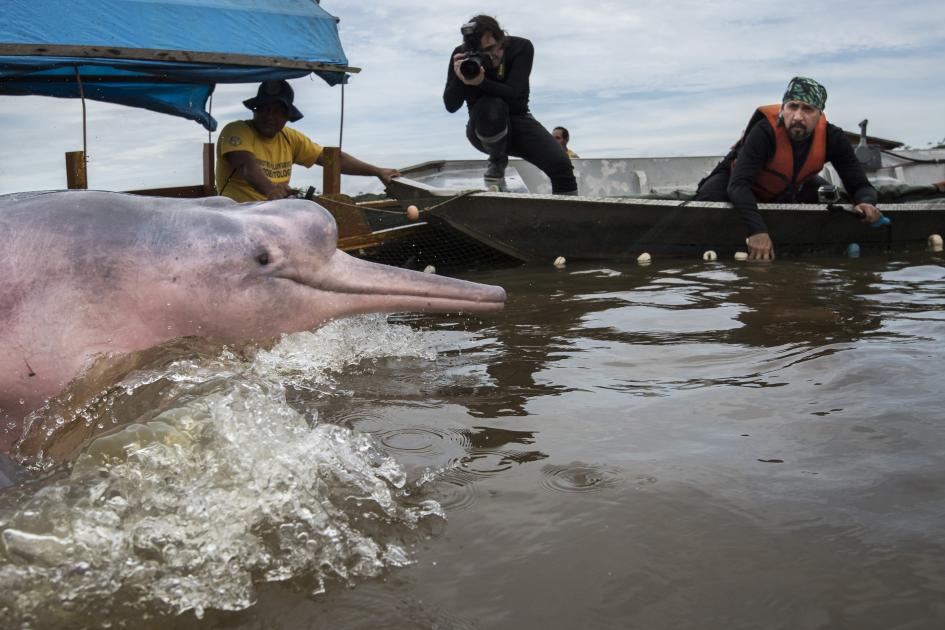



Amazon River Dolphins Wwf
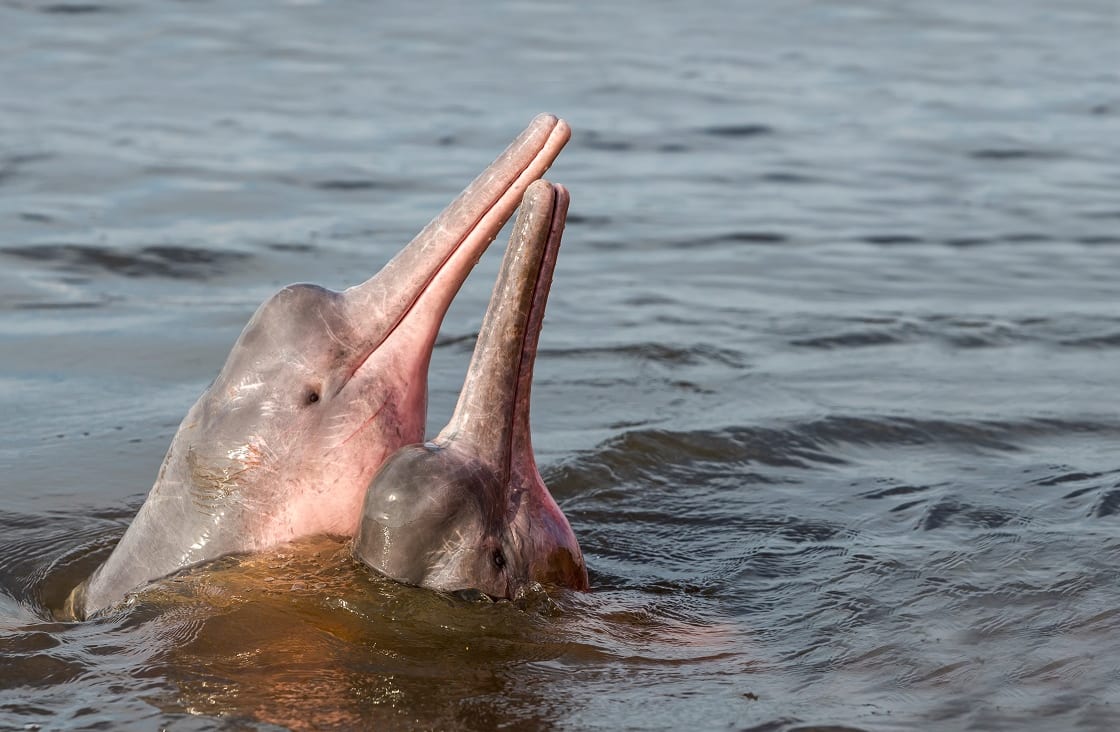



15 Interesting Pink River Dolphin Facts Rainforest Cruises




Freshwater Dolphins Surface On The Amazon




What S Killing The Pink River Dolphin




The Amazon Rainforest Issuu
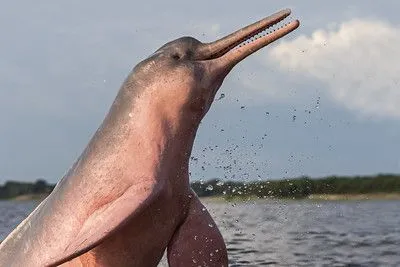



Fin Tastic Facts About The Amazon River Dolphin For Kids




15 Interesting Pink River Dolphin Facts Rainforest Cruises




Pink River Dolphins Of The Amazon Rainforest S Hunting Secret Earth S Great Rivers c Earth Youtube




Brazil S Pink Dolphins No Longer Have A Myth To Save Them The Atlantic
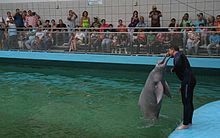



Amazon River Dolphin Wikipedia
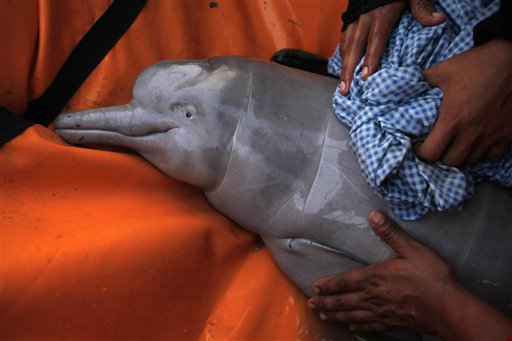



Pink Amazon River Dolphin Facts Habitat Diet Life Cycle Baby Pictures




Amazon Rainforest Pink Dolphin Facts Behavior Where To See It More
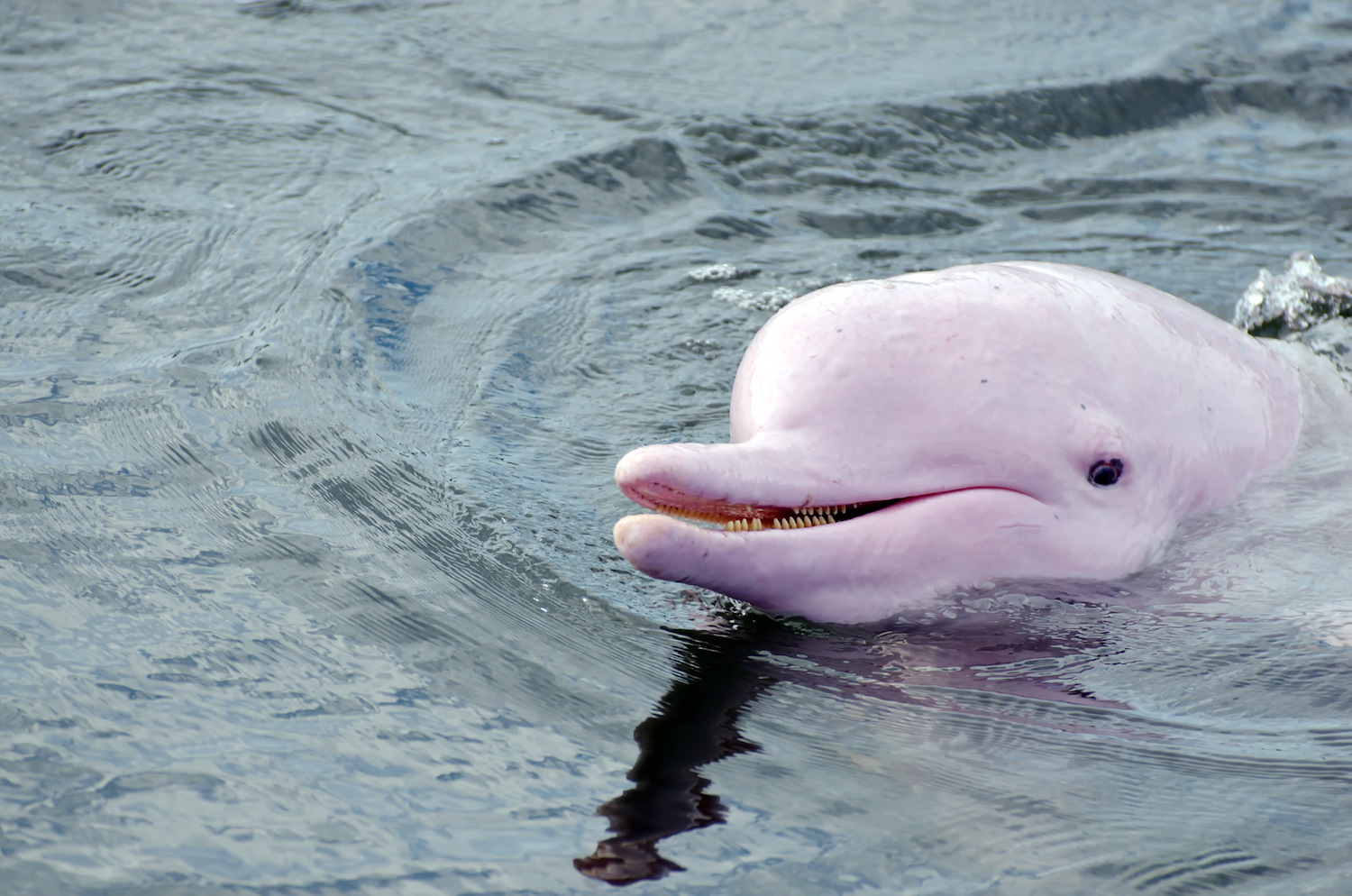



Pink River Dolphin Fun Facts For Divers And Ocean Lovers
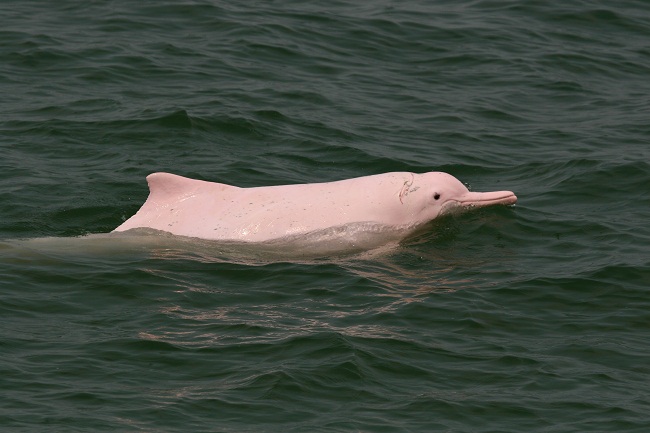



Pink Amazon River Dolphin Facts Habitat Diet Life Cycle Baby Pictures




The Legend Of The Pink Dolphin Amazonian Folklore See U In History Youtube
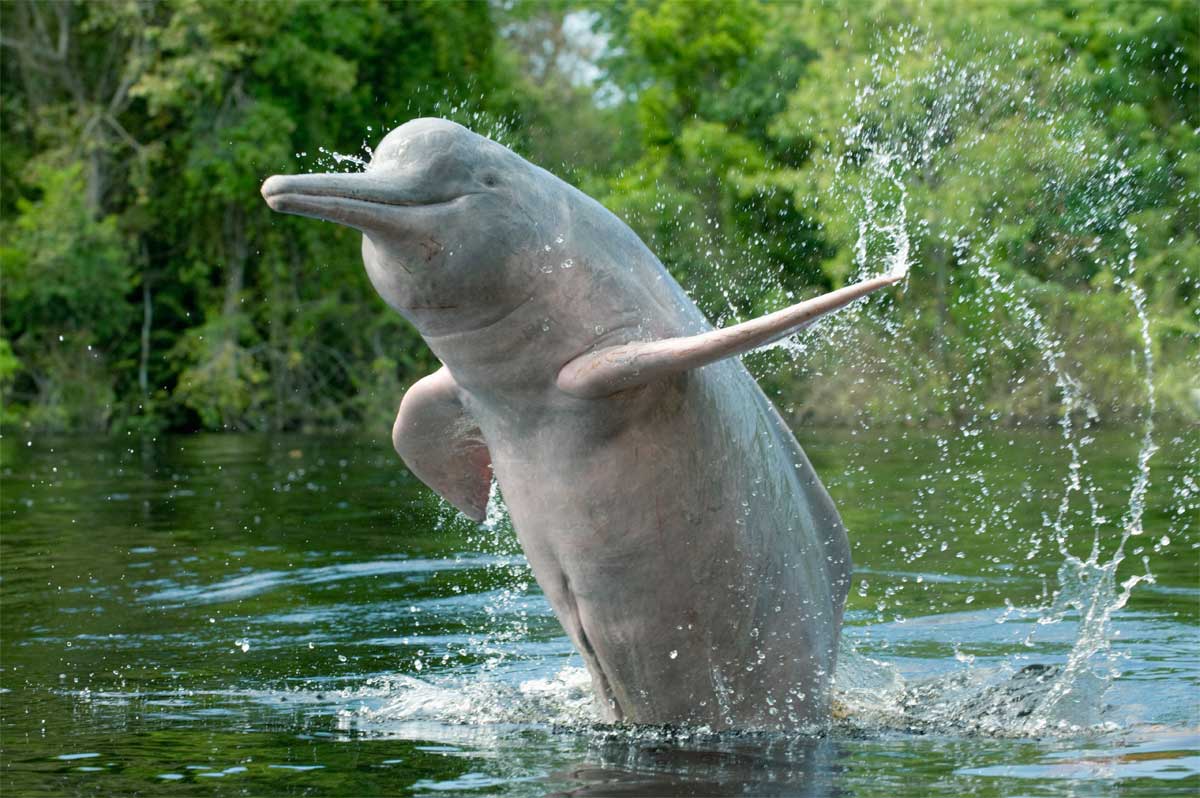



Pink Amazon River Dolphin Facts Habitat Diet Life Cycle Baby Pictures




Pink River Dolphin Facts Amazon River Dolphin Facts



Amazon Pink River Dolphin Always Learning



3
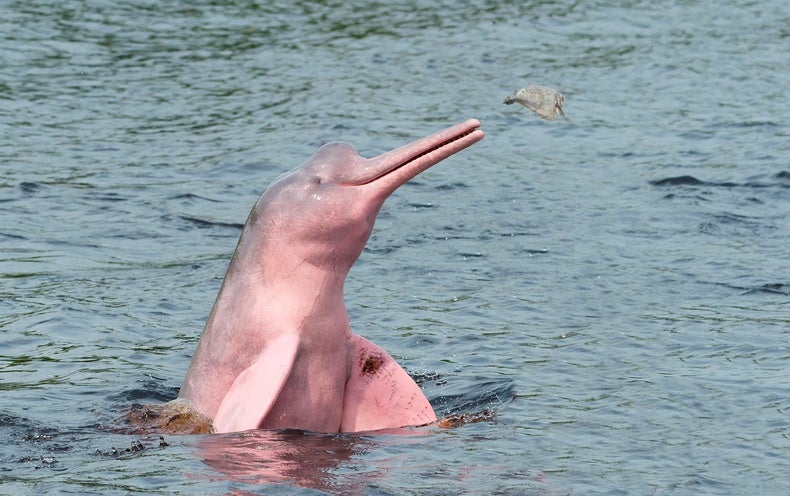



Science Sound E Scapes Amazon Pink River Dolphins Scientific American




Peppermint Narwhal Creative Endangered The Amazon River Dolphin Inia Geoffrensis Is Endangered Threats Are Numerous And Include Over Fishing Harvesting Of Aquatic Resources River Dams Pollution And Persecution From Fishermen Did You




Amazon Rainforest Pink Dolphin Facts Behavior Where To See It More




5 Amazon Pink River Dolphin Facts Aqua Expeditions




Amazon River Dolphin Boto Facts




5 Amazon Pink River Dolphin Facts Aqua Expeditions
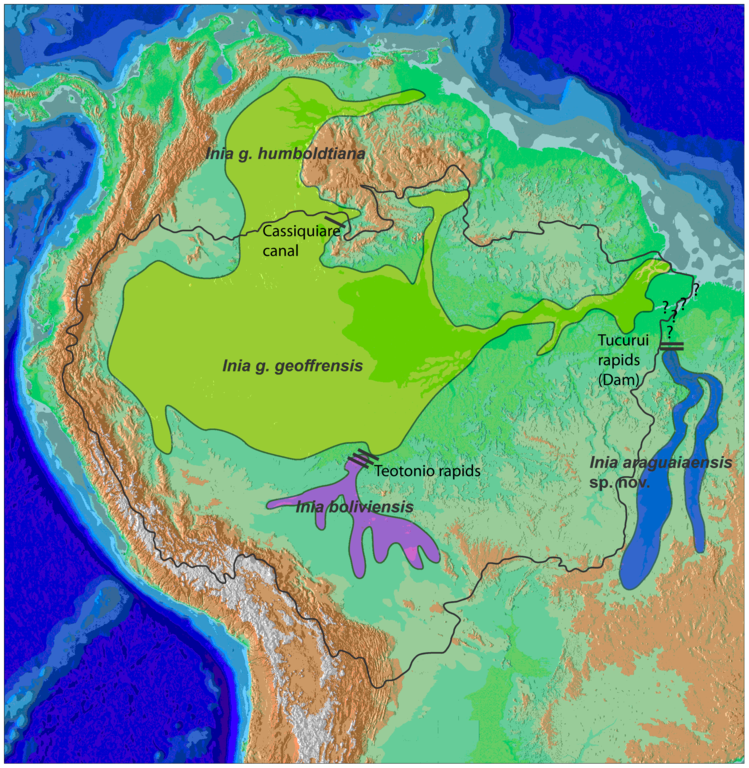



Pink Dolphins Facts And Information Amazon Experience Tours In The Amazon River
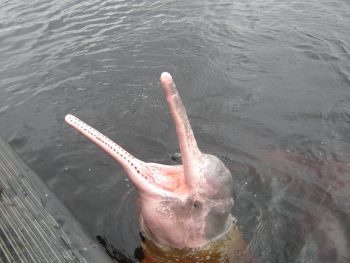



Amazon River Dolphin Facts Pink River Dolphin Fun Facts Information



3




Amazon River Dolphin Facts Pictures Information For Kids Adults
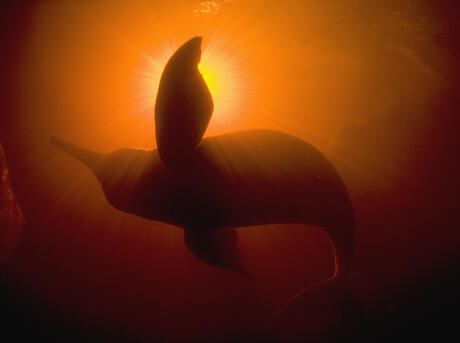



Amazon River Dolphin Pink Dolphins Species Wwf
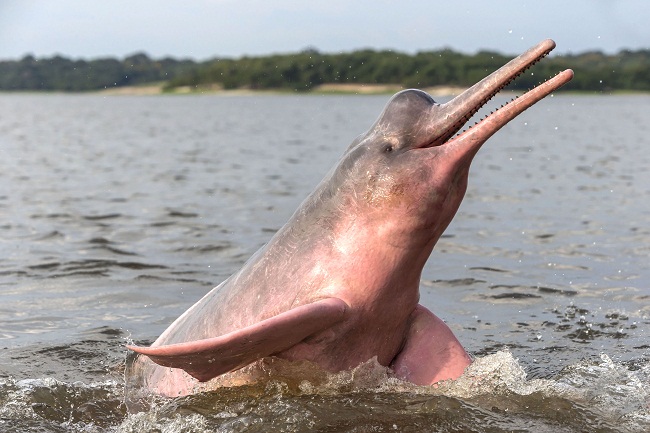



Pink Amazon River Dolphin Facts Habitat Diet Life Cycle Baby Pictures




Dolphin Red The Pink Dolphin Boto Vermelho Boto Cor De Rosa River Dolphin Pink Amazon River Dolphin Pink River Dolphin
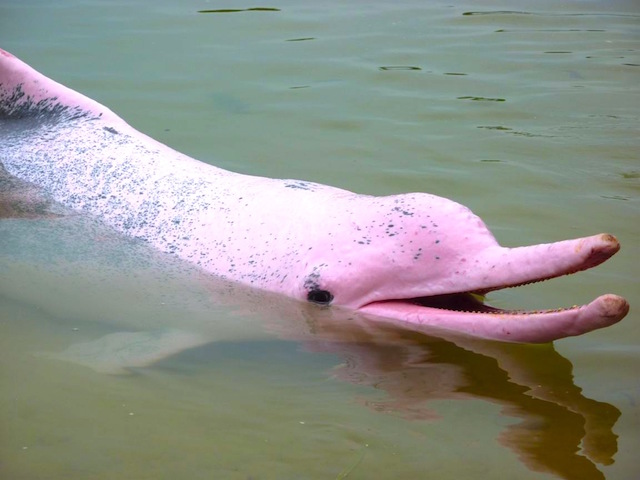



Amazon River Dolphins Northern Peru Iquitos Loreto Muyuna Grand Amazon Tahuayo Lodges Northern Peru Amazonia Tours Kuelap Gocta Amazon River Cruises Lodges
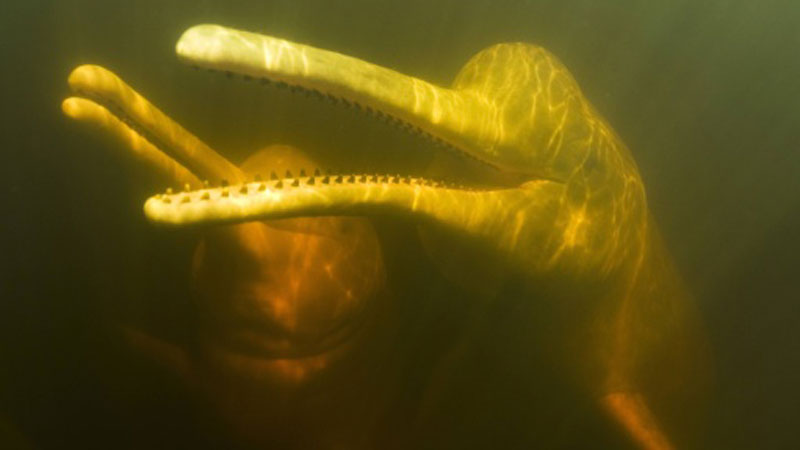



Pink Dolphins Facts And Information Amazon Experience Tours In The Amazon River




Amazon River Dolphin Pink Dolphin Animal Facts Platanistoidea Az Animals
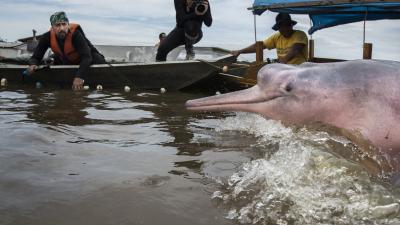



Amazon River Dolphins Wwf




5 Amazon Pink River Dolphin Facts Aqua Expeditions
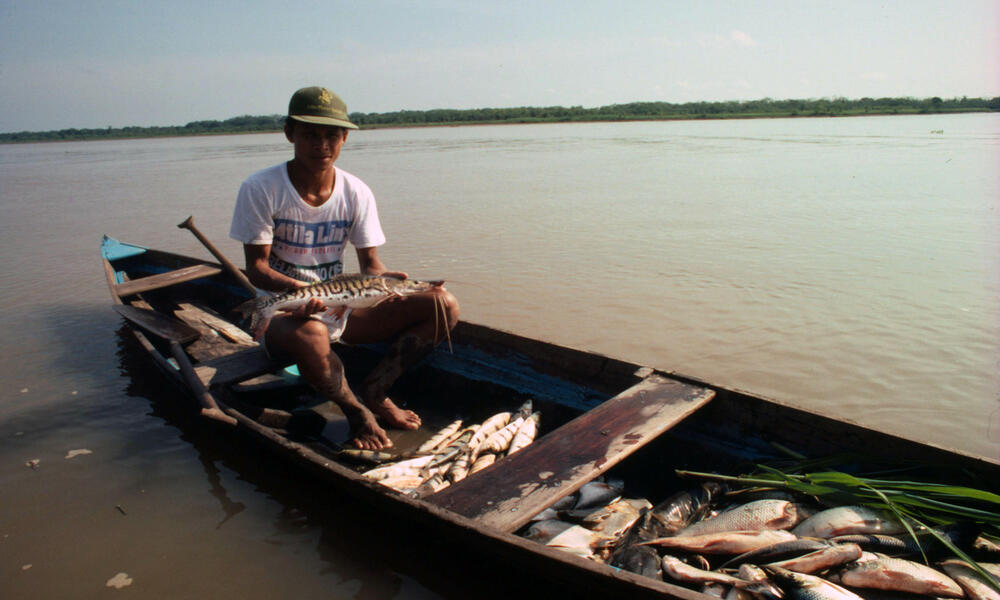



Amazon River Dolphin Pink Dolphins Species Wwf
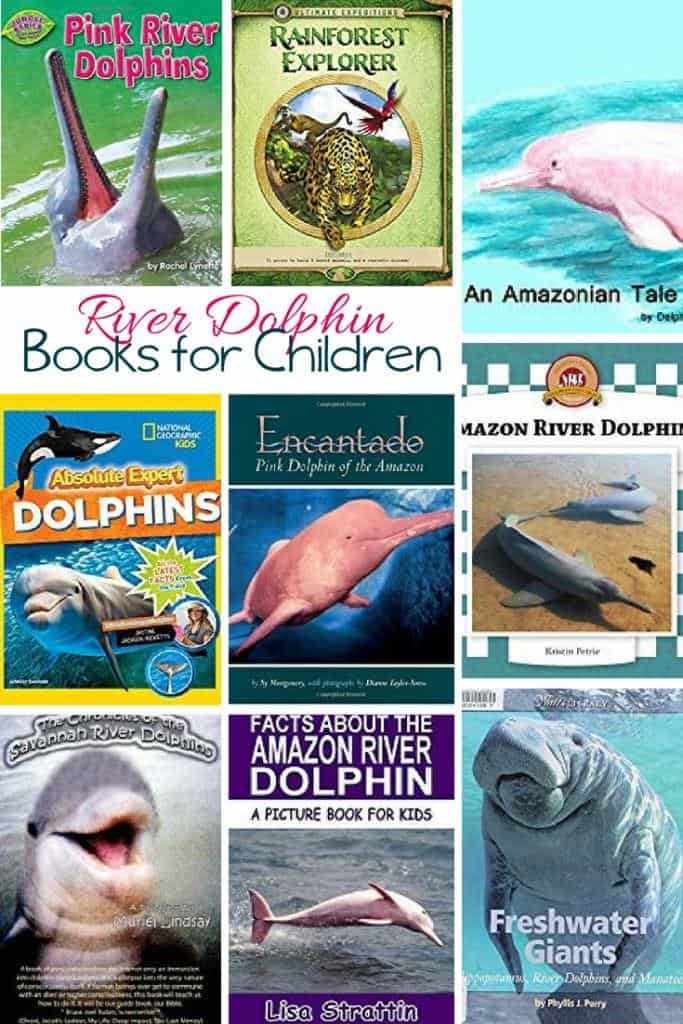



River Dolphin Books For Kids Rainforest Unit Study
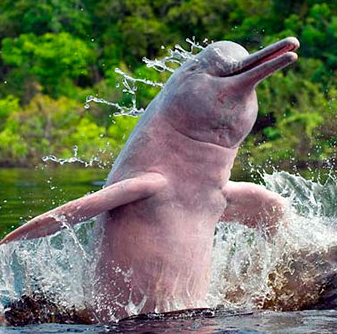



Pink Amazon River Dolphin Facts Habitat Diet Life Cycle Baby Pictures
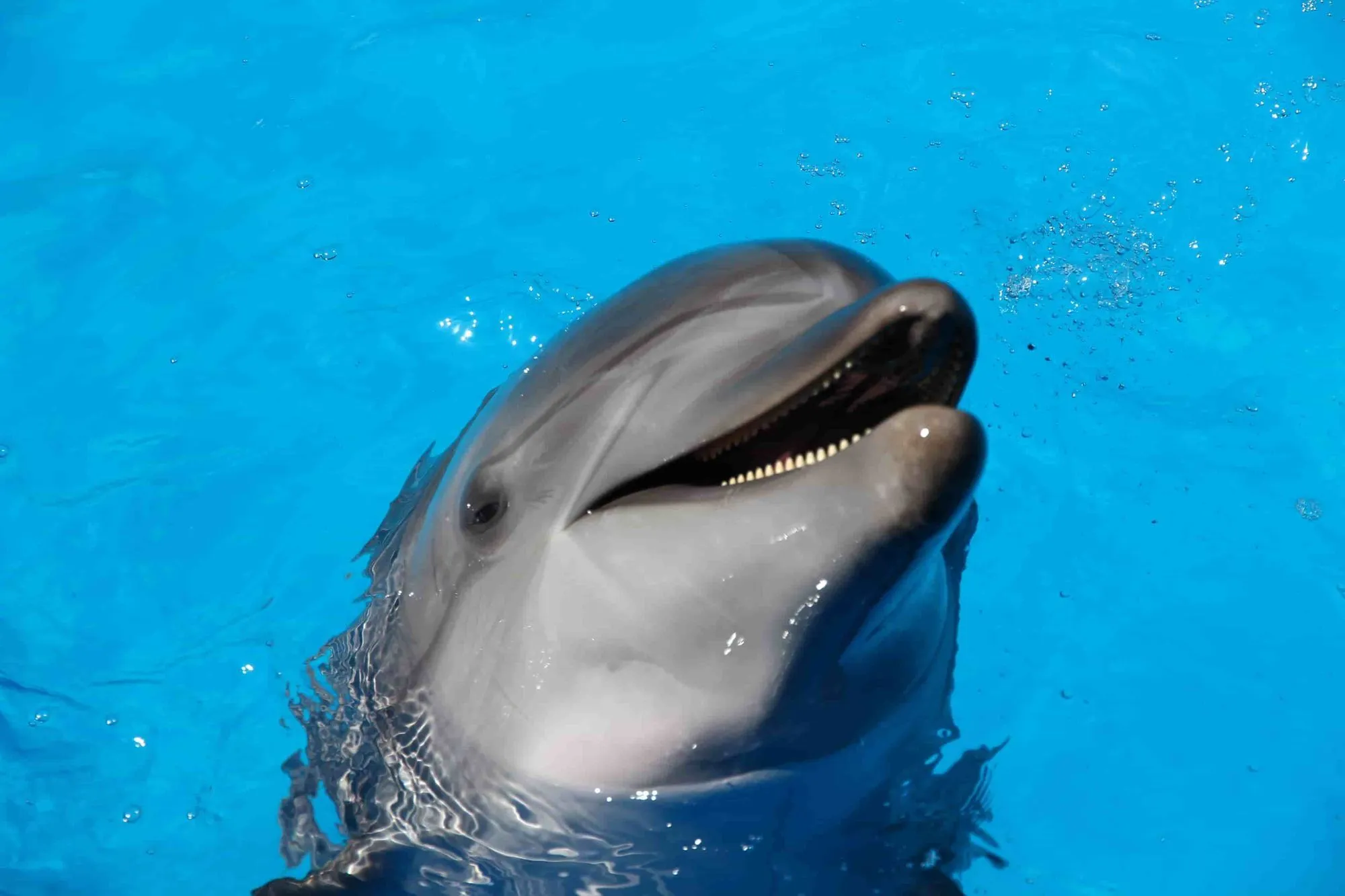



Fin Tastic Facts About The Amazon River Dolphin For Kids
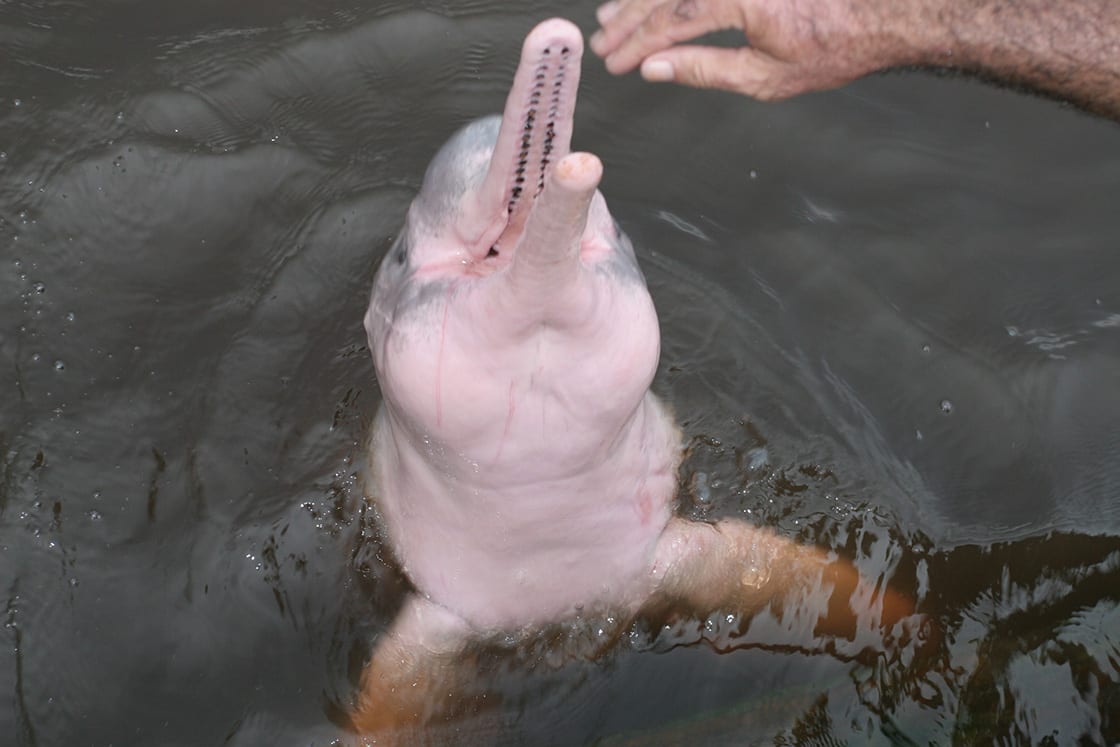



15 Interesting Pink River Dolphin Facts Rainforest Cruises




Amazon Rainforest Pink Dolphin Facts Behavior Where To See It More
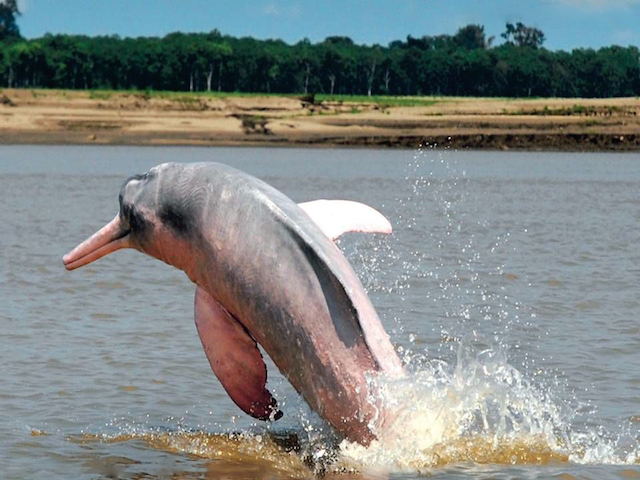



Amazon River Dolphins Northern Peru Iquitos Loreto Muyuna Grand Amazon Tahuayo Lodges Northern Peru Amazonia Tours Kuelap Gocta Amazon River Cruises Lodges
:max_bytes(150000):strip_icc()/GettyImages-1249745955-42583e8bec37486f8598a0d19c2b0421.jpg)



12 Fascinating Facts About The Amazon River
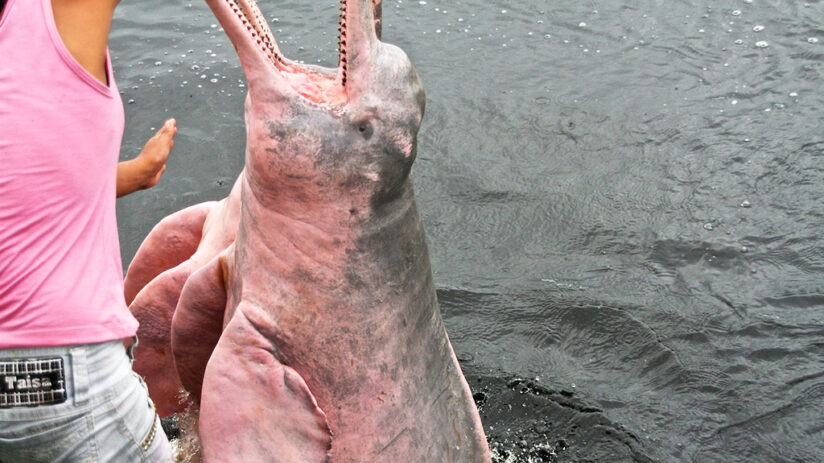



The Amazon Pink River Dolphin Blog Machu Travel Peru
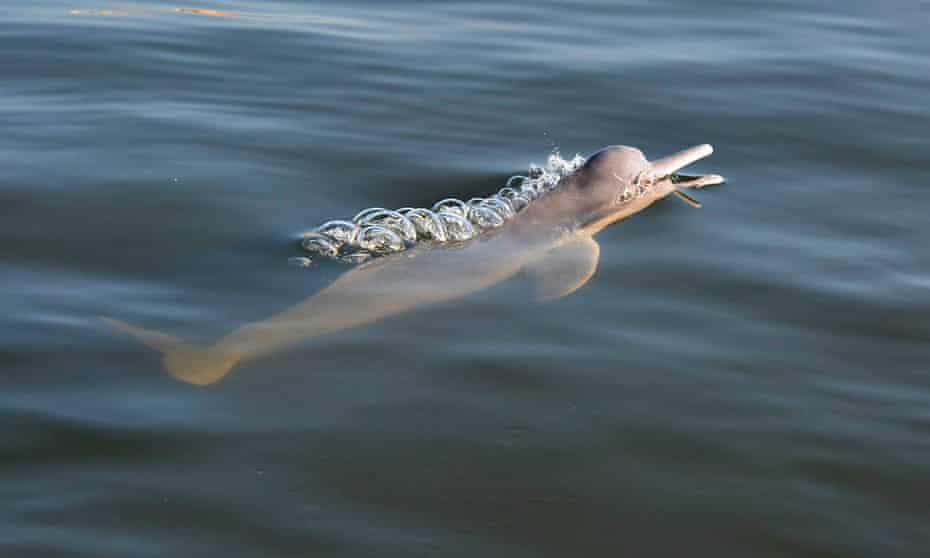



How Drones Are Being Used To Protect The Amazon S Dolphins Dolphins The Guardian




Amazon River Dolphin Risks Extinction If Brazil Moratorium Not Renewed




Amazon Rainforest Pink Dolphin Facts Behavior Where To See It More




The Amazon River Dolphin August Whale Scientists




Amazon River Dolphin Boto Facts
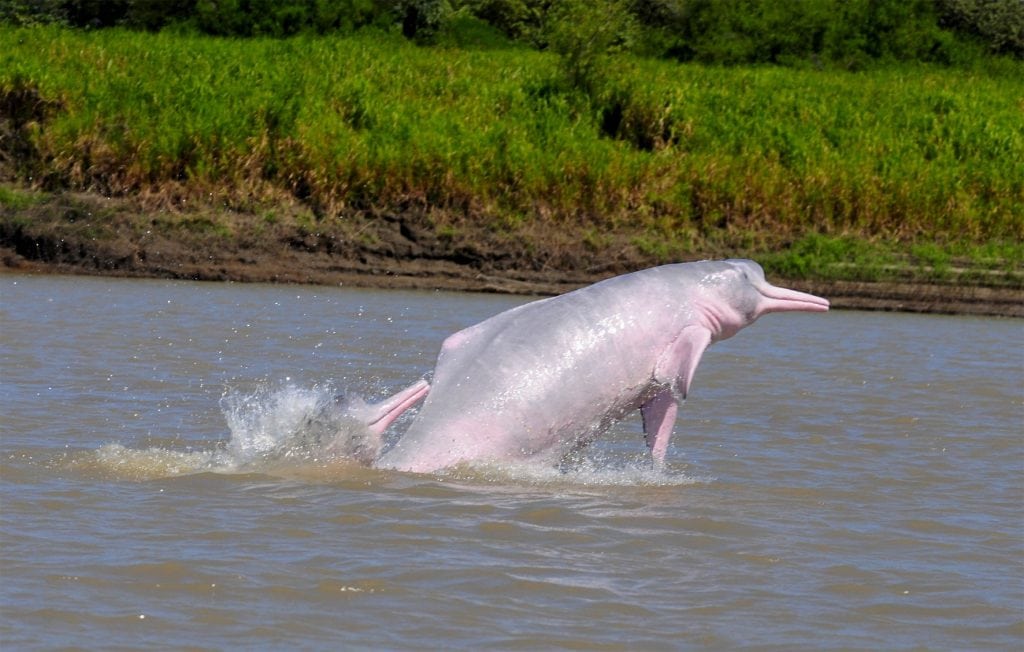



Amazon River Dolphin Whale And Dolphin Conservation
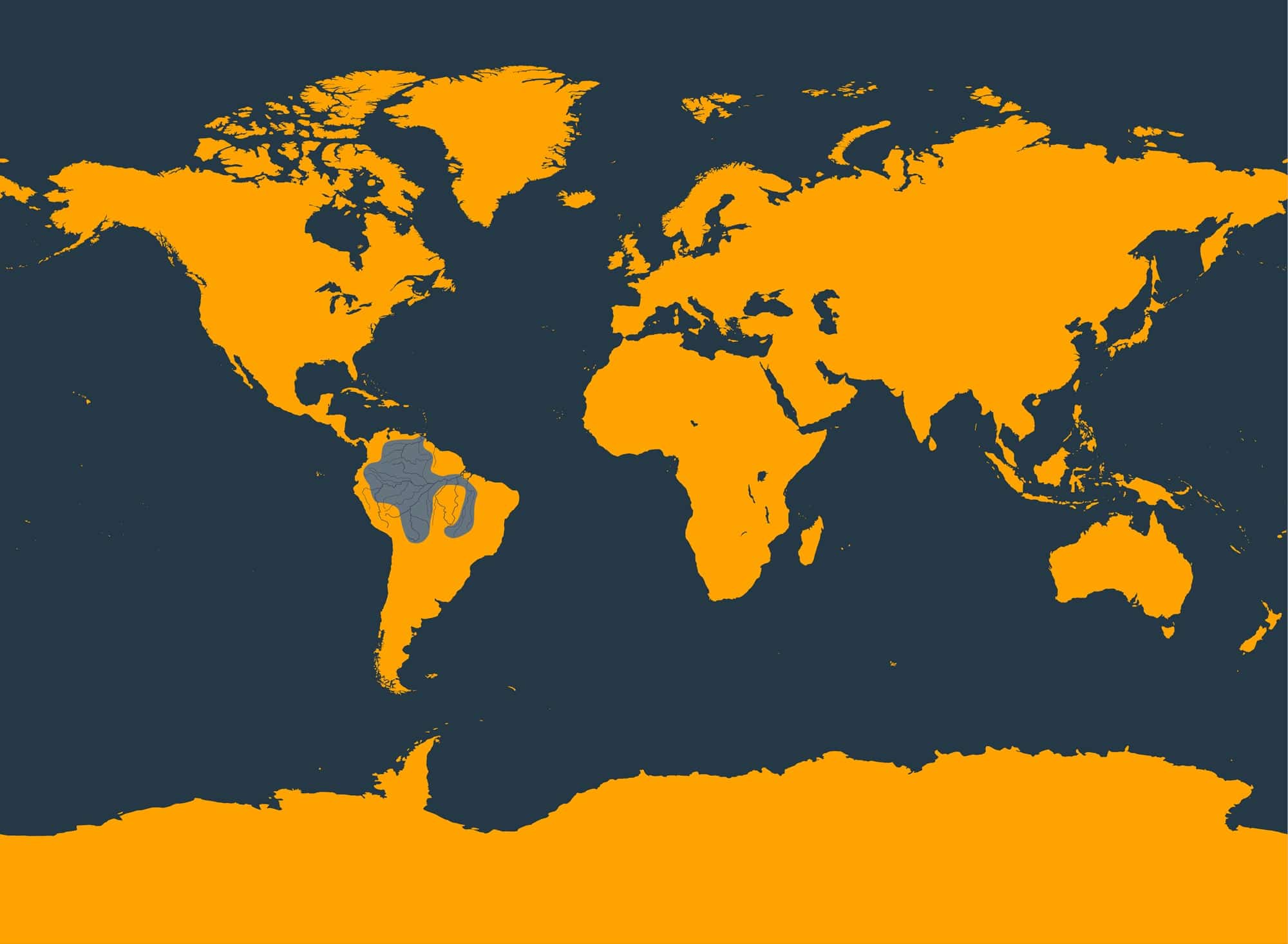



Amazon River Dolphin Whale Dolphin Conservation Usa




Pink River Dolphin Fun Facts For Divers And Ocean Lovers




Amazon River Dolphin Facts Diet Habitat Pictures On Animalia Bio




Amazon Rainforest Pink Dolphin Facts Behavior Where To See It More
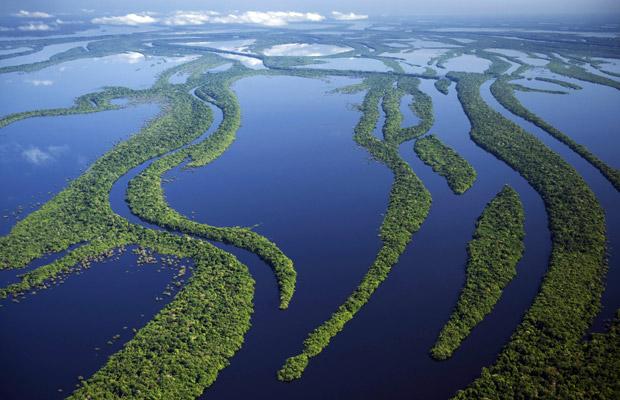



Pink Amazon River Dolphin Facts Habitat Diet Life Cycle Baby Pictures




The Dolphin Who Became Man Will The Boto Survive The Catfish Trade




The Amazon River Dolphin The Life Of Animals Pink Dolphin River Dolphin Albino Dolphin




10 Best Pink River Dolphin Ideas River Dolphin Pink River Dolphin Pink Dolphin
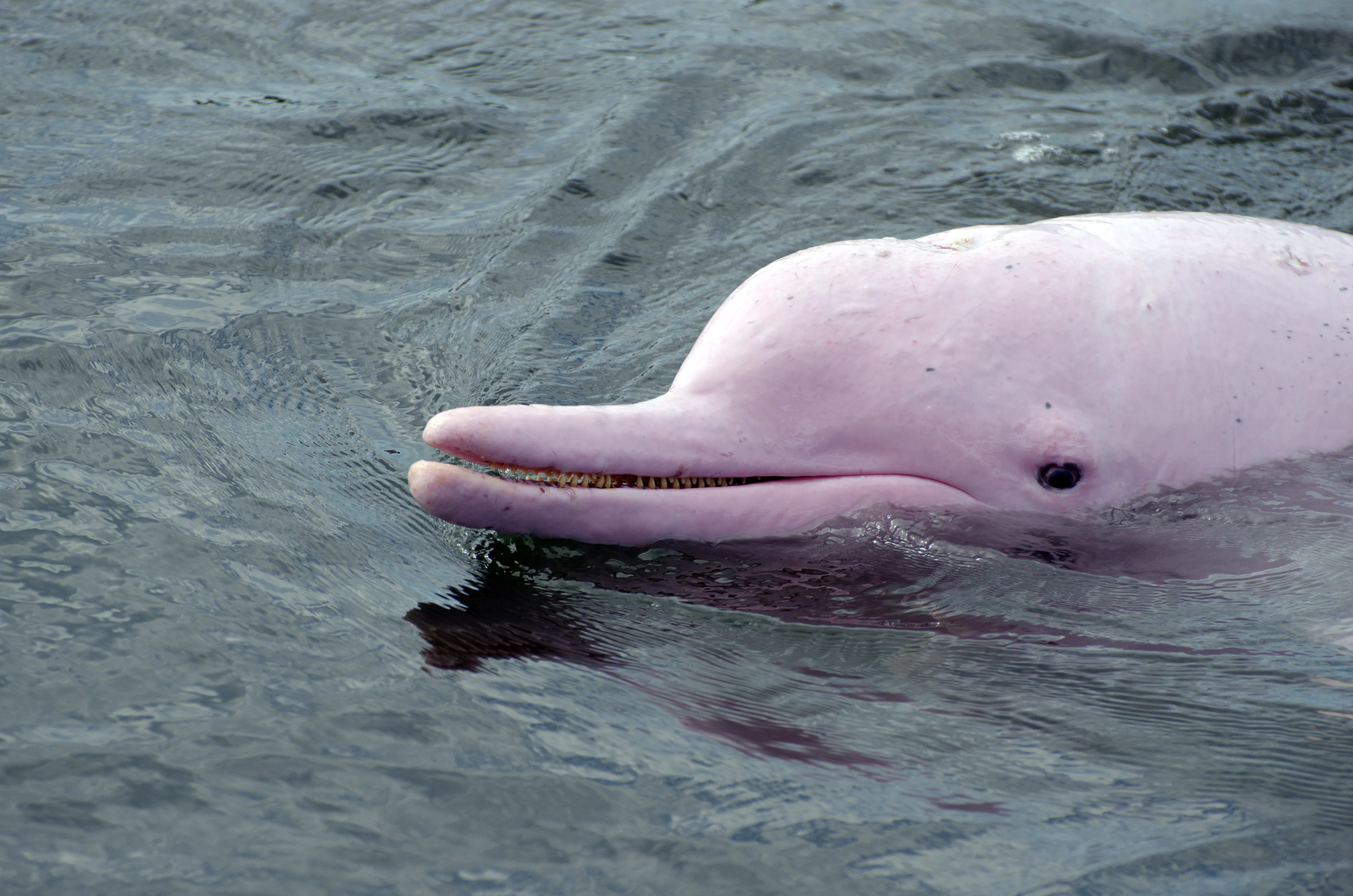



Pink River Dolphins Blog Delfin Amazon Cruises
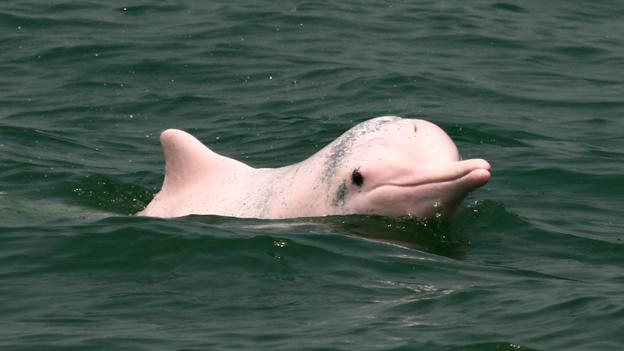



Pink Amazon River Dolphin Facts Habitat Diet Life Cycle Baby Pictures
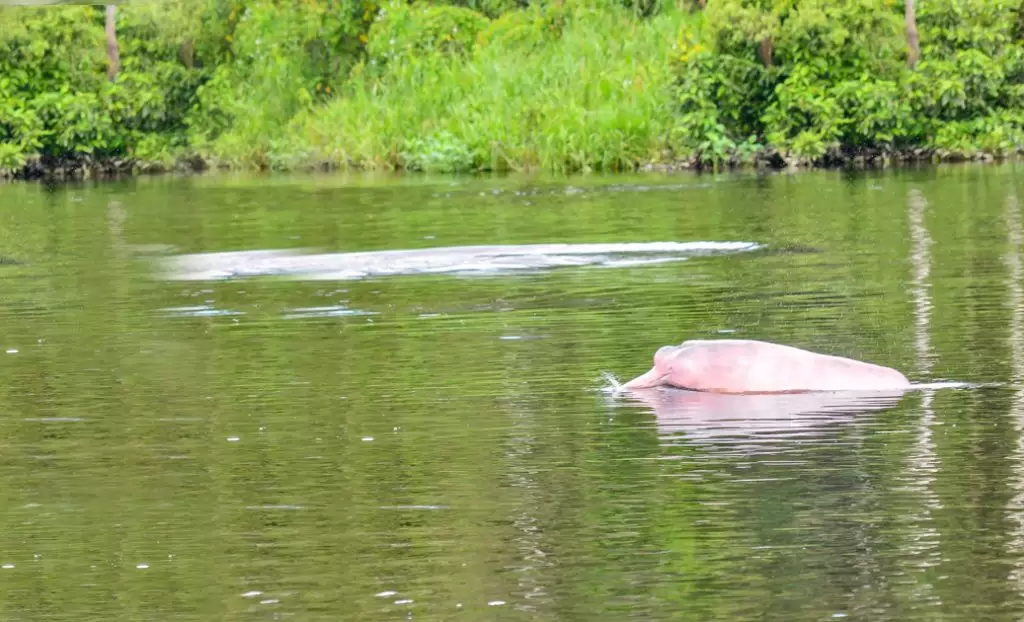



Pink Amazon River Dolphin How To See Them In Ecuador



Cute



Freshwater Dolphins Surface On The Amazon



0 件のコメント:
コメントを投稿